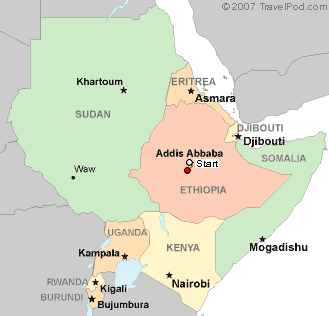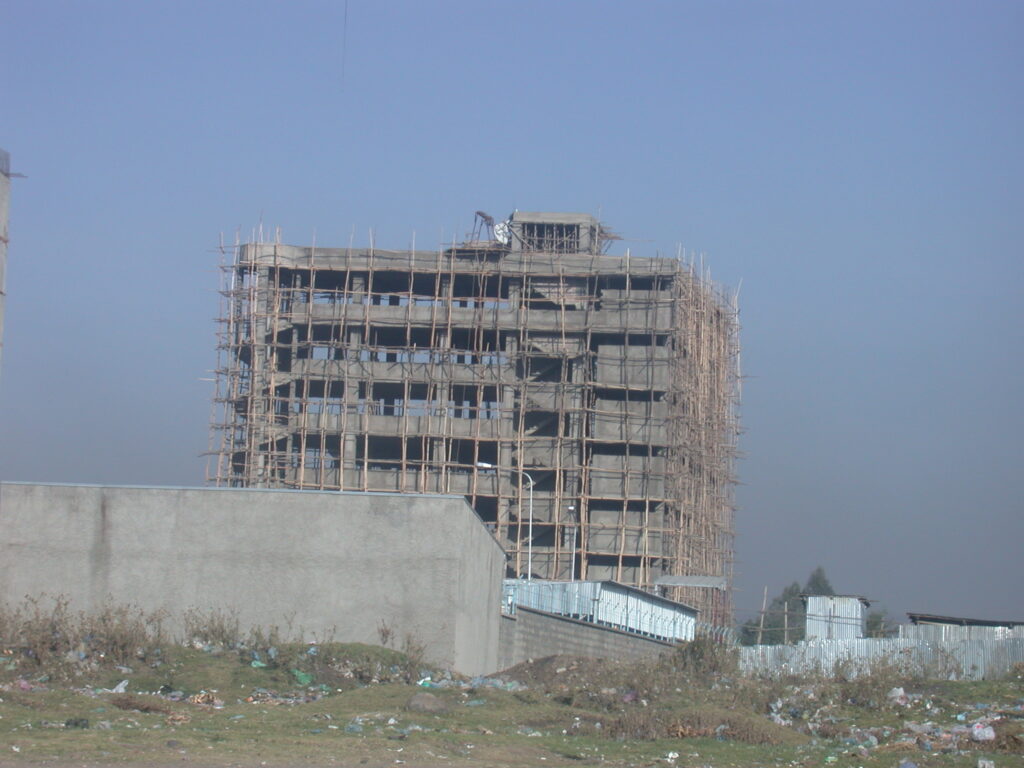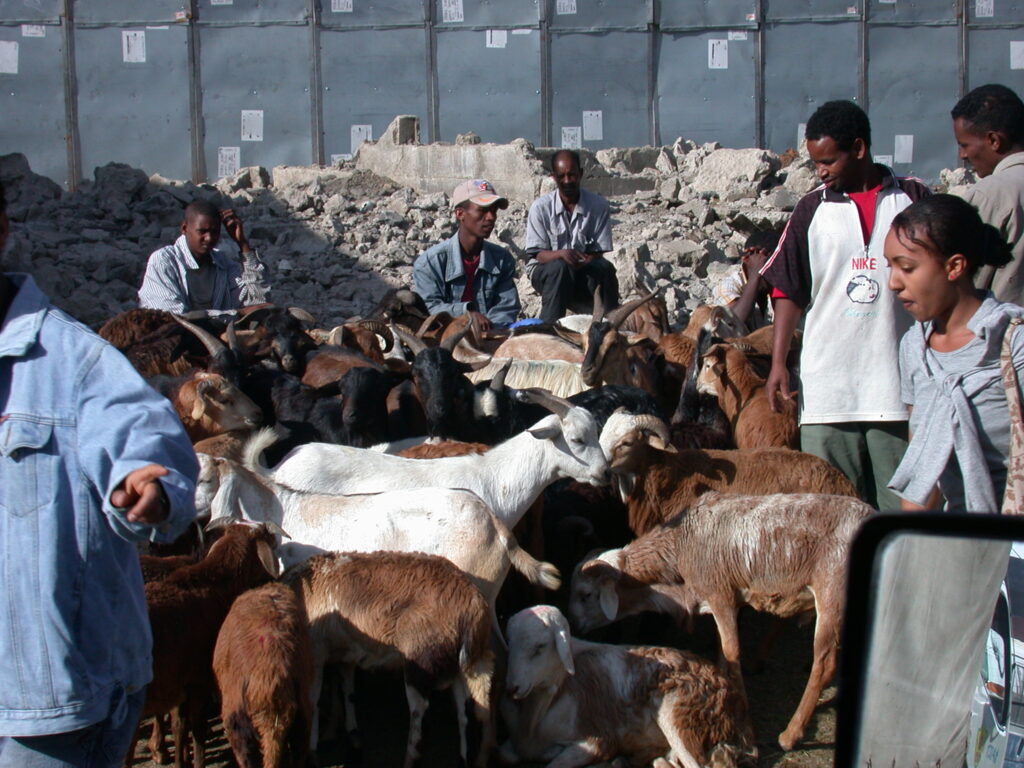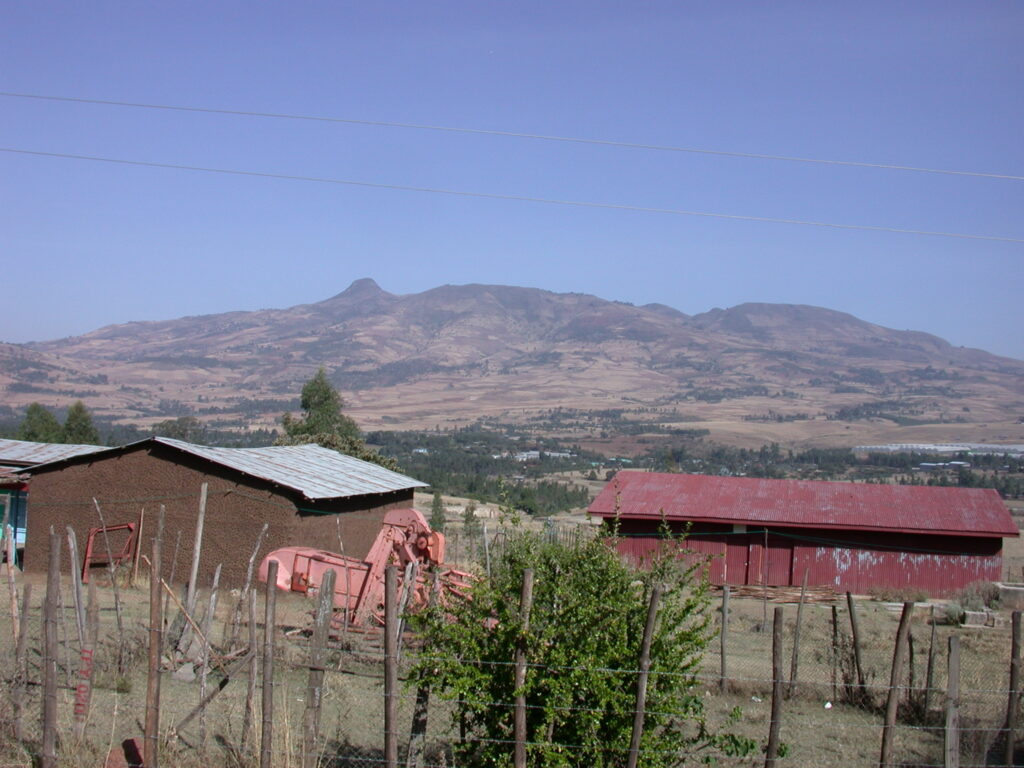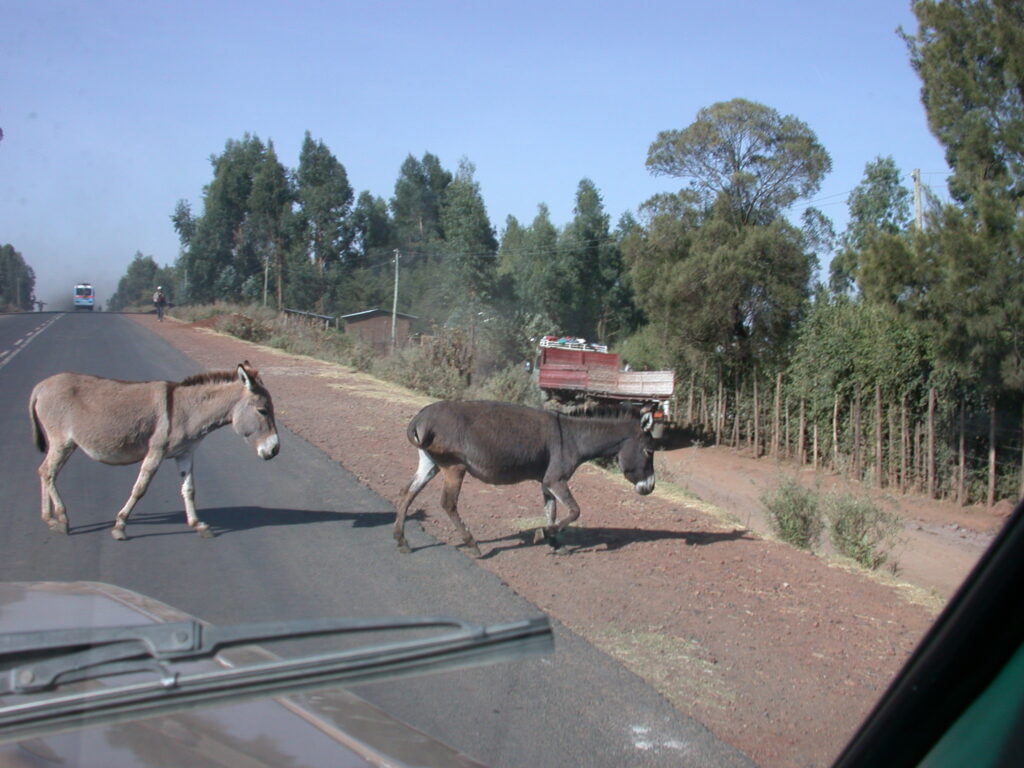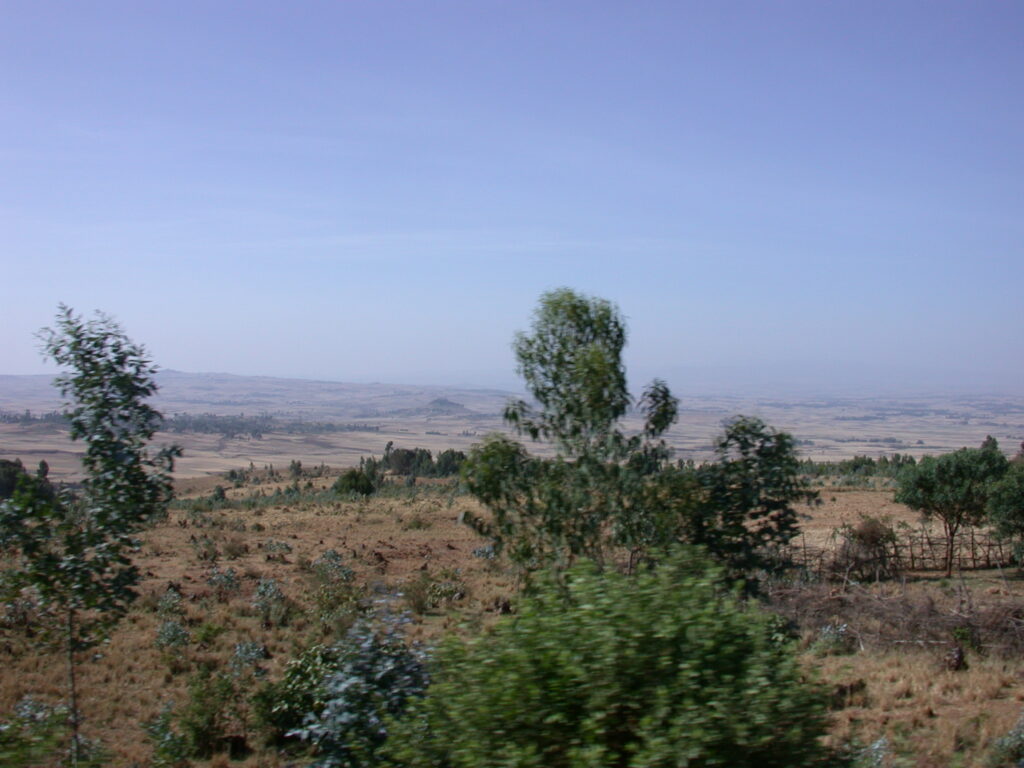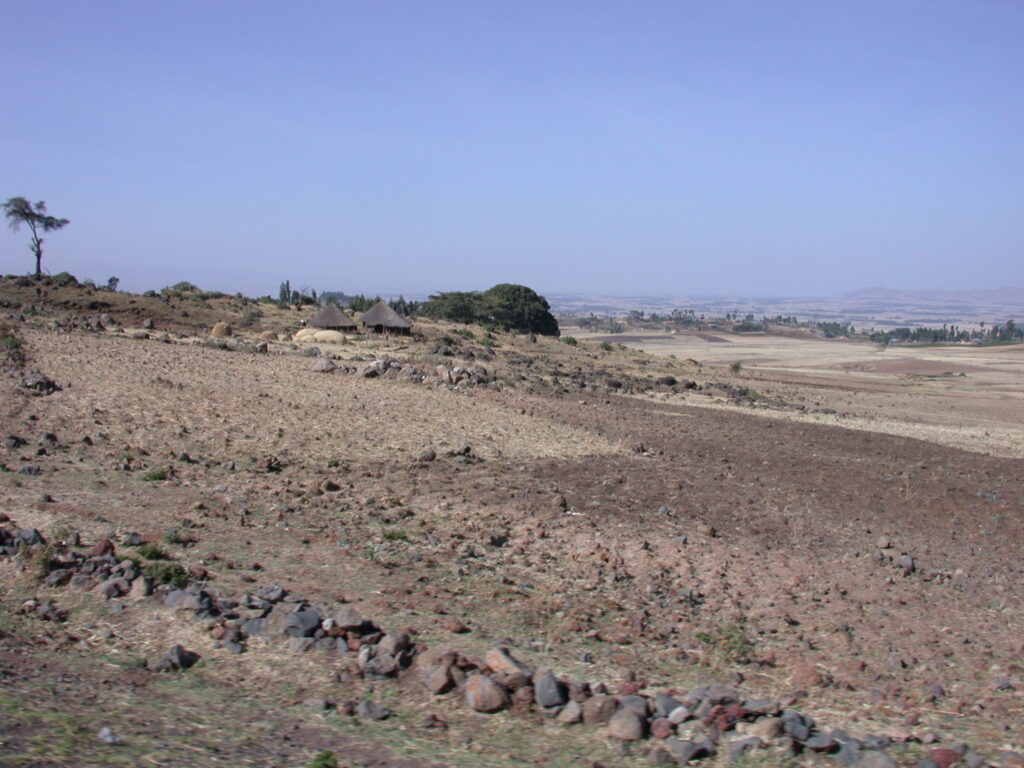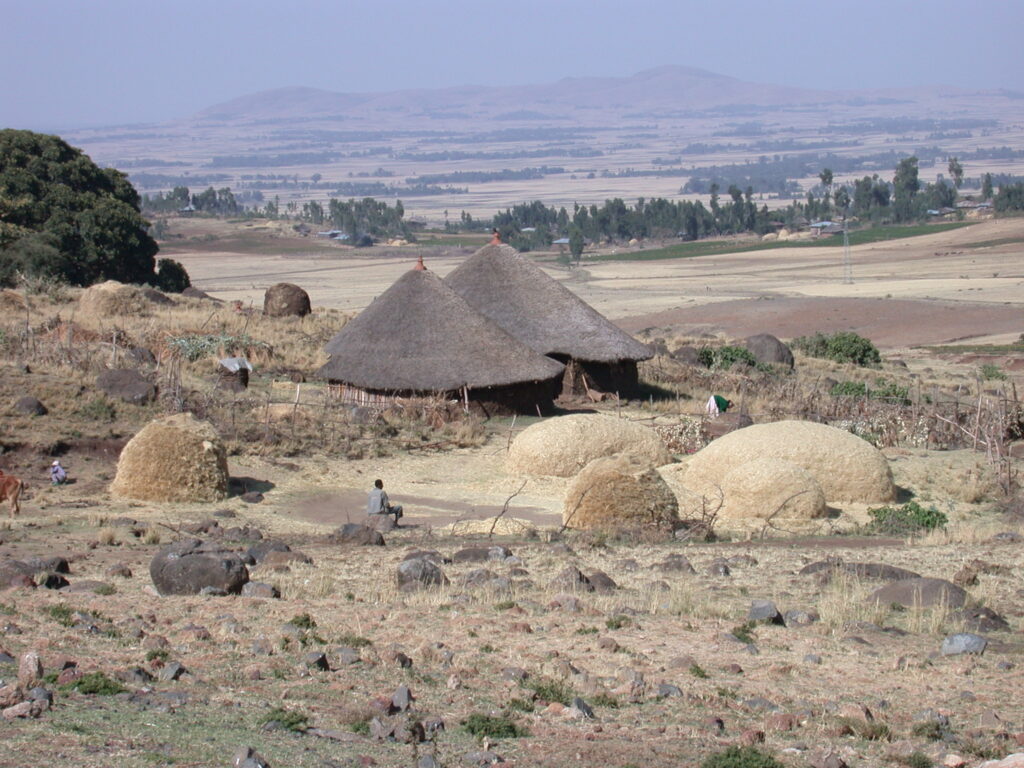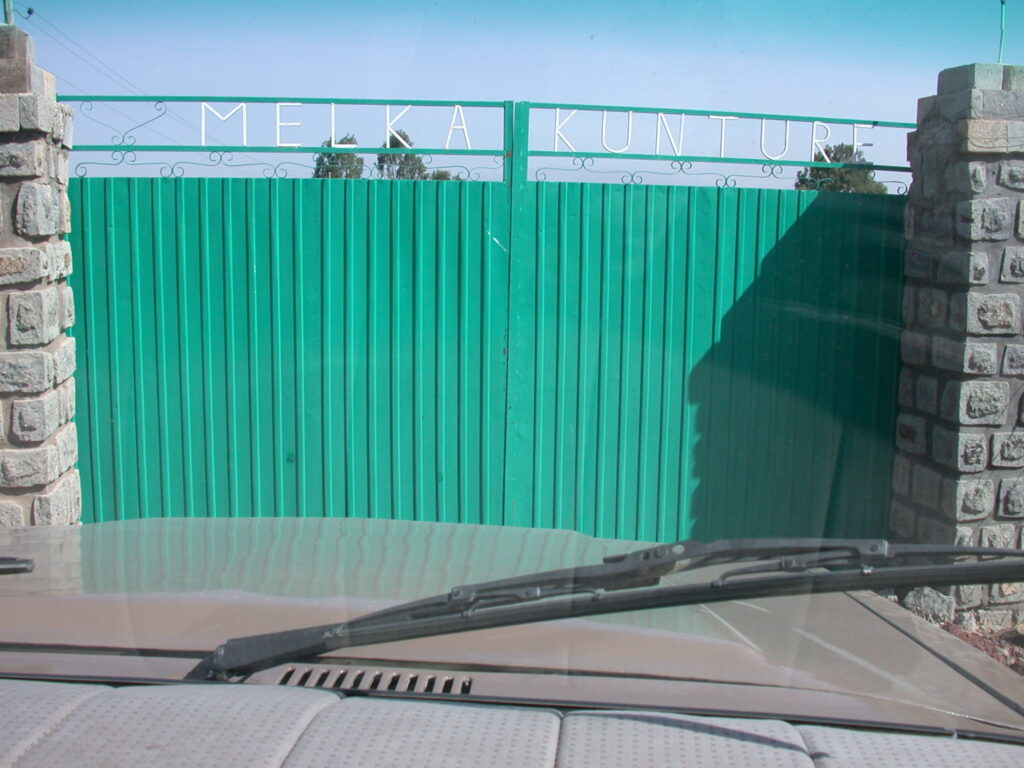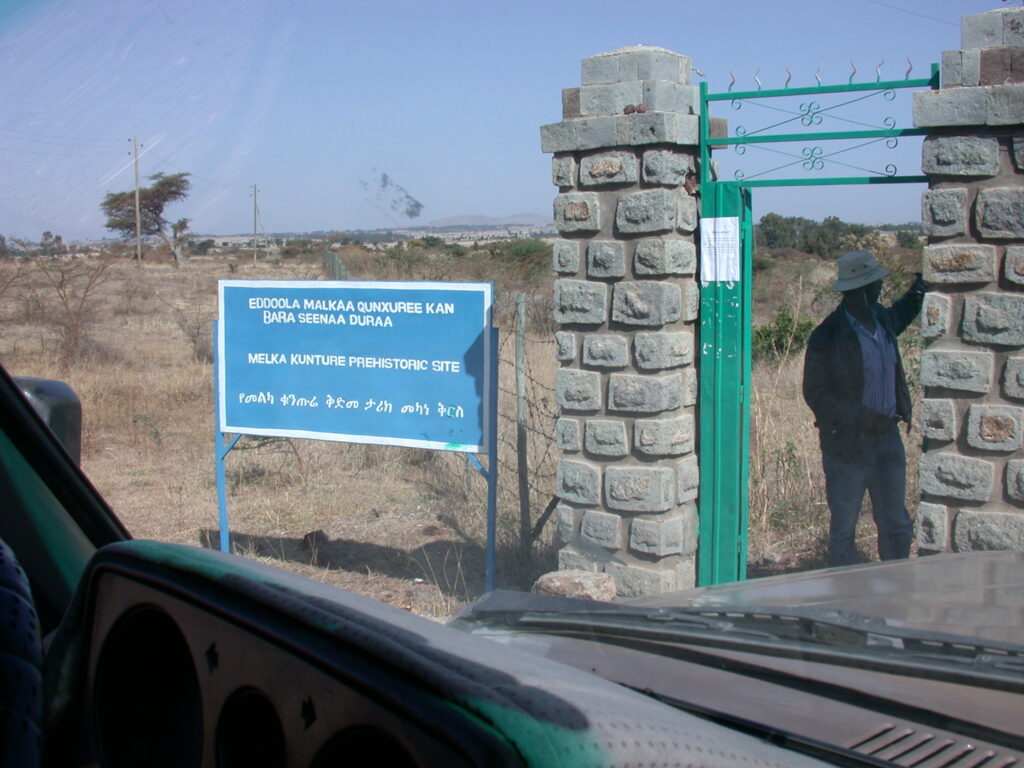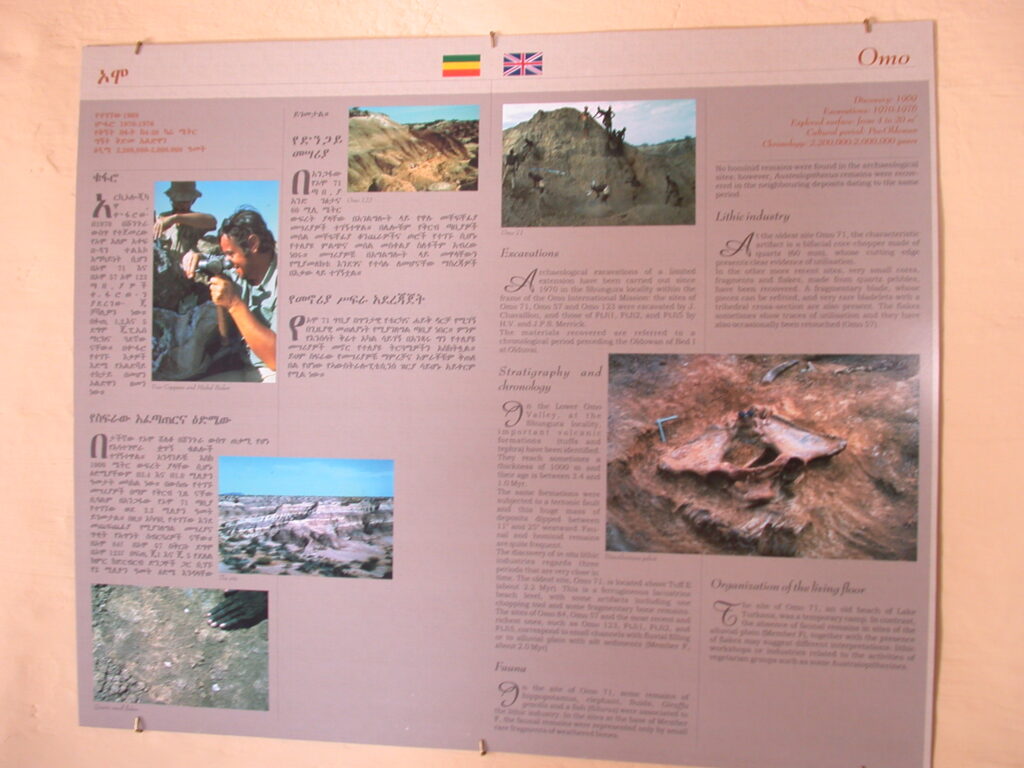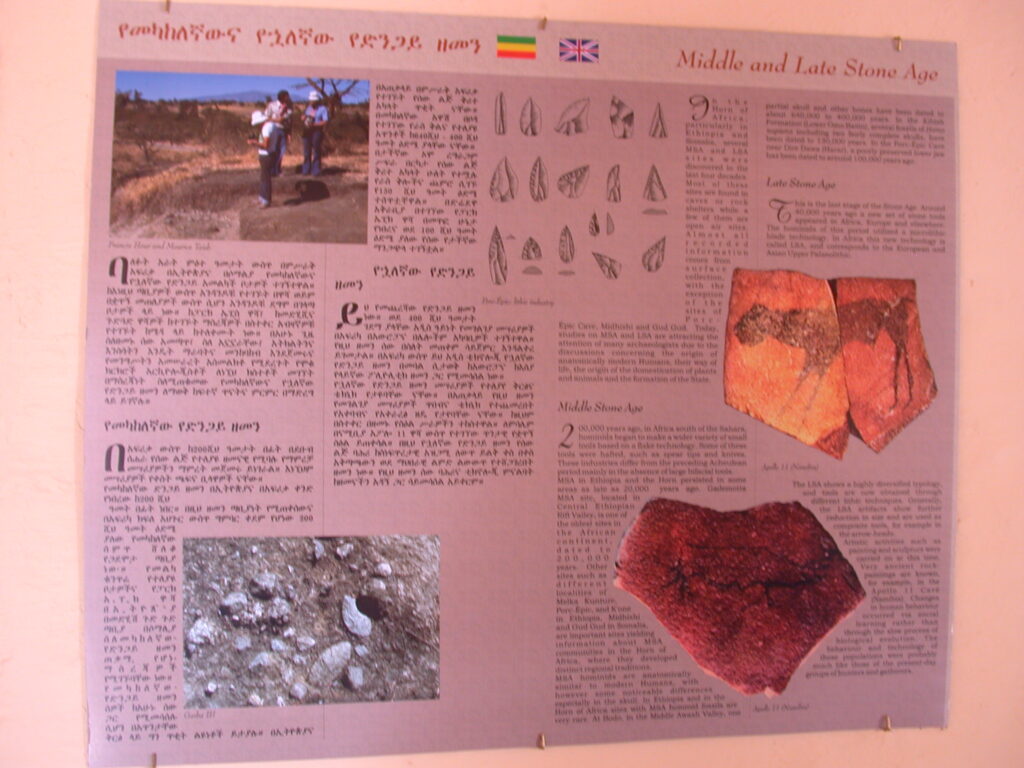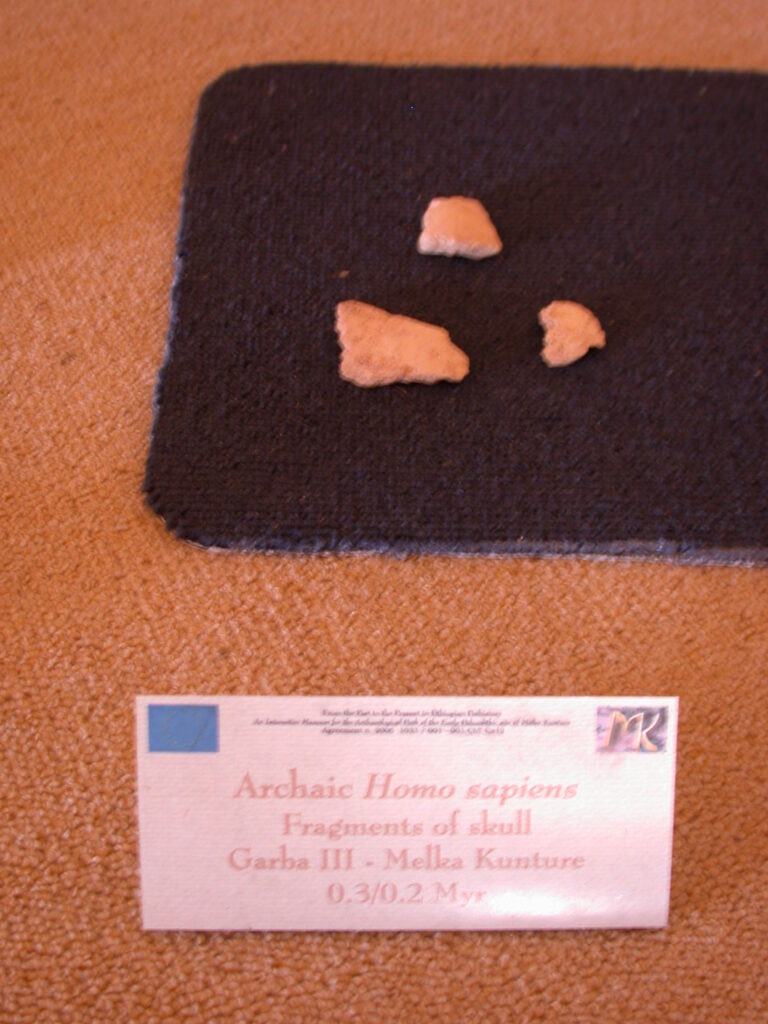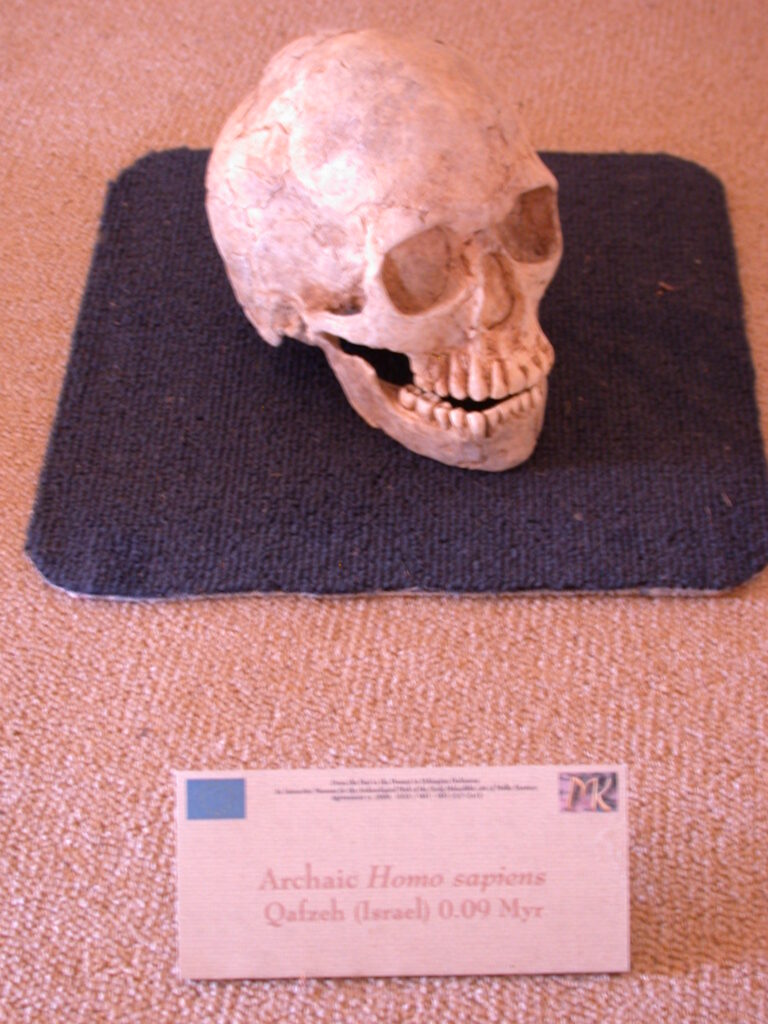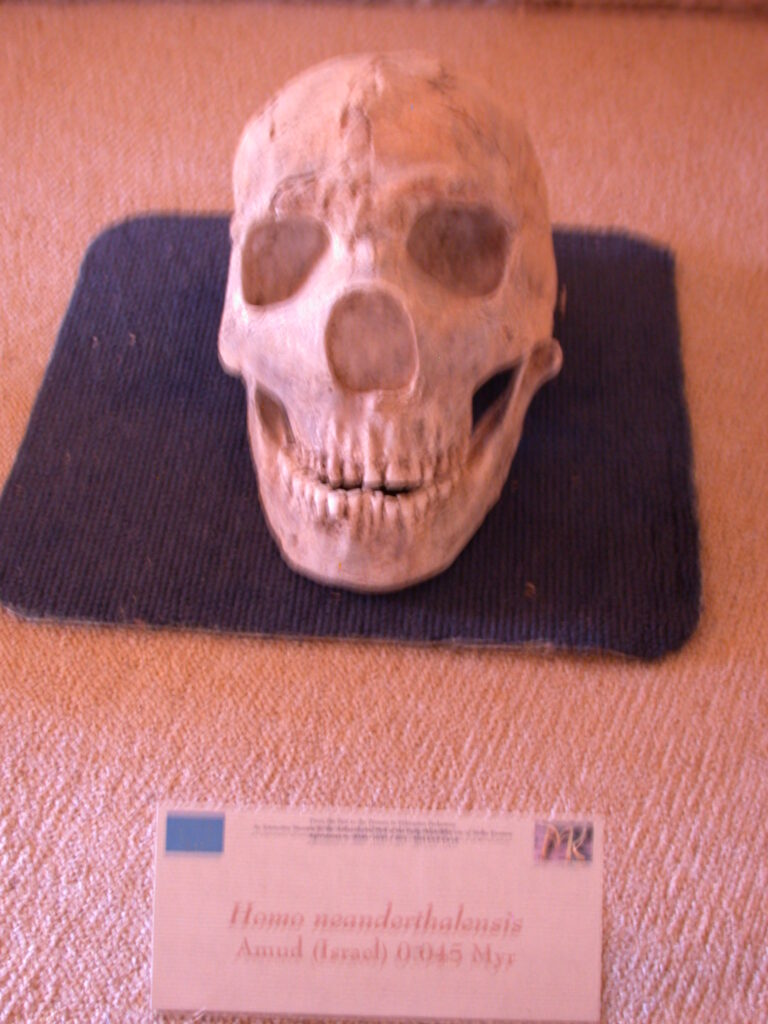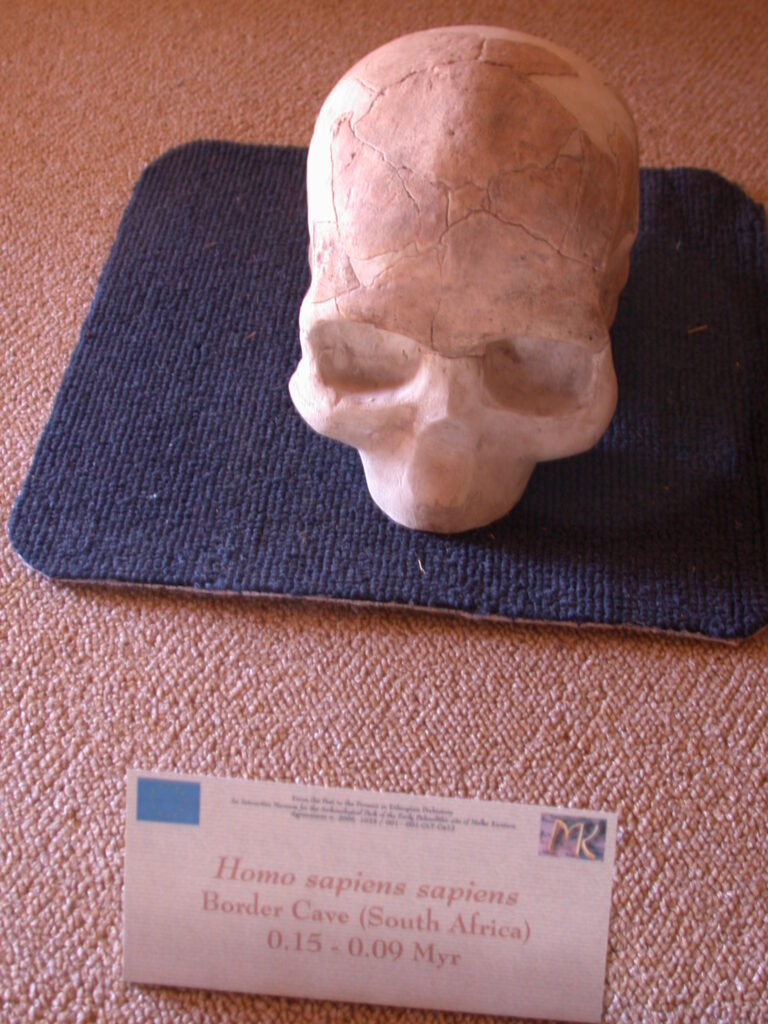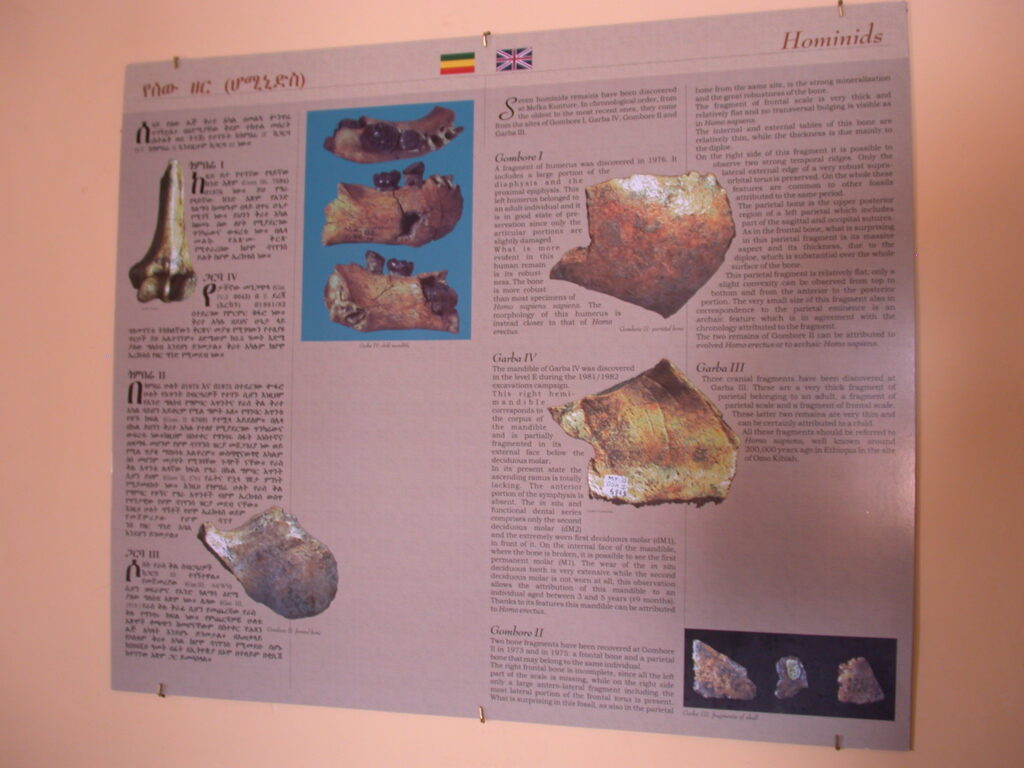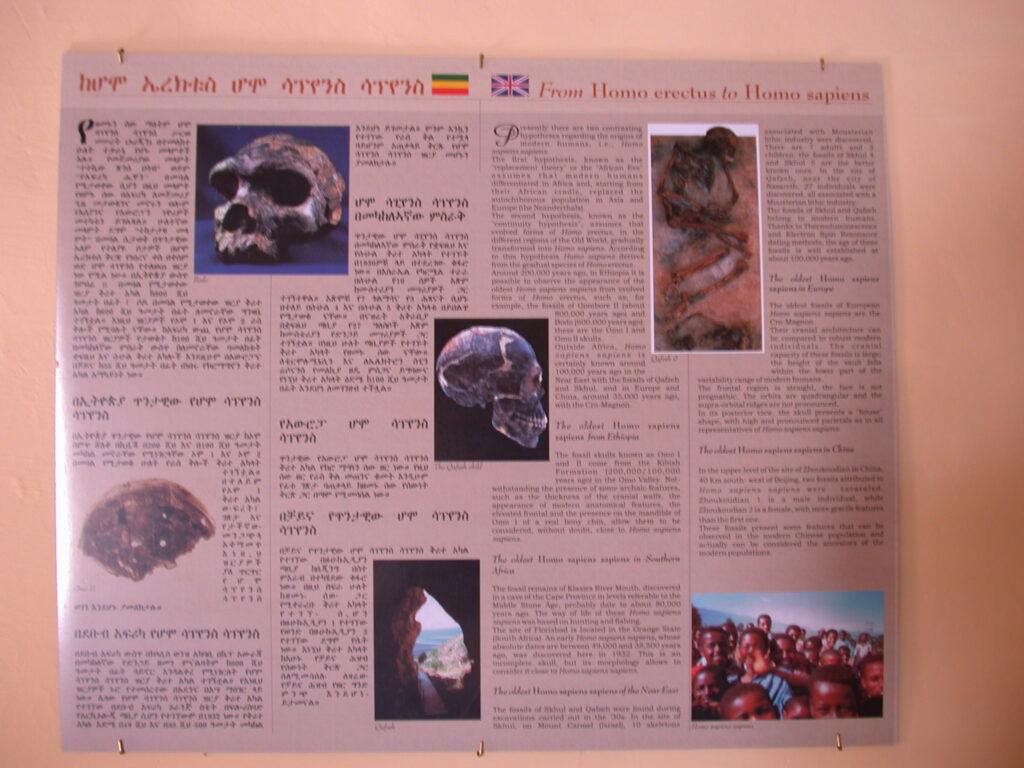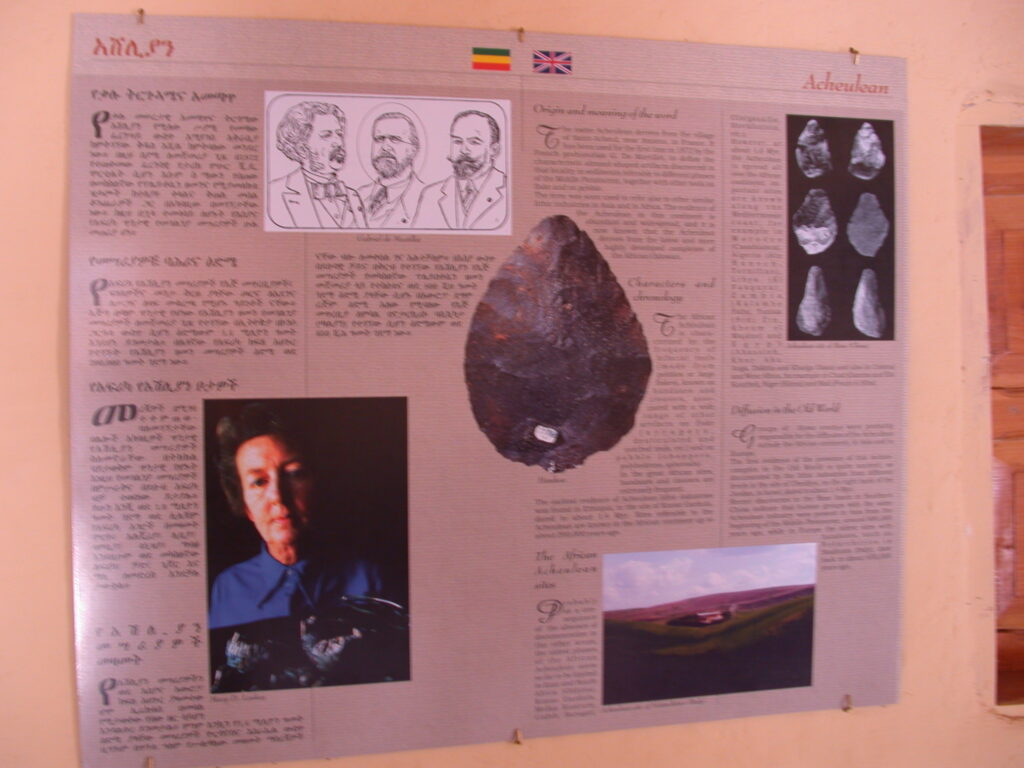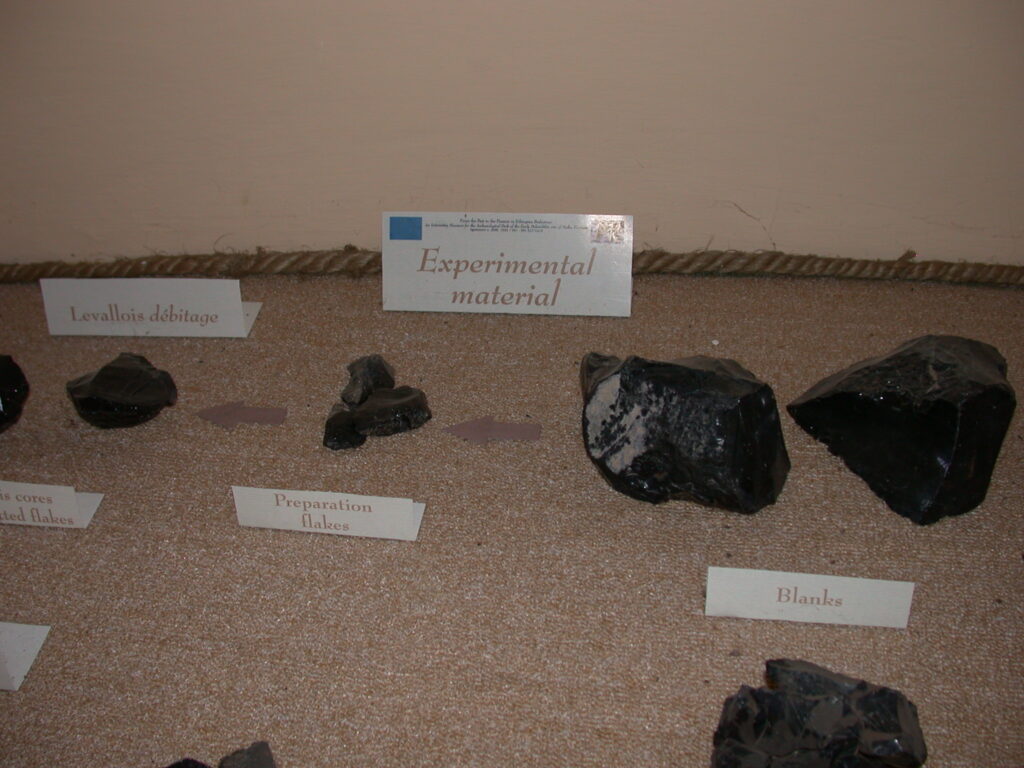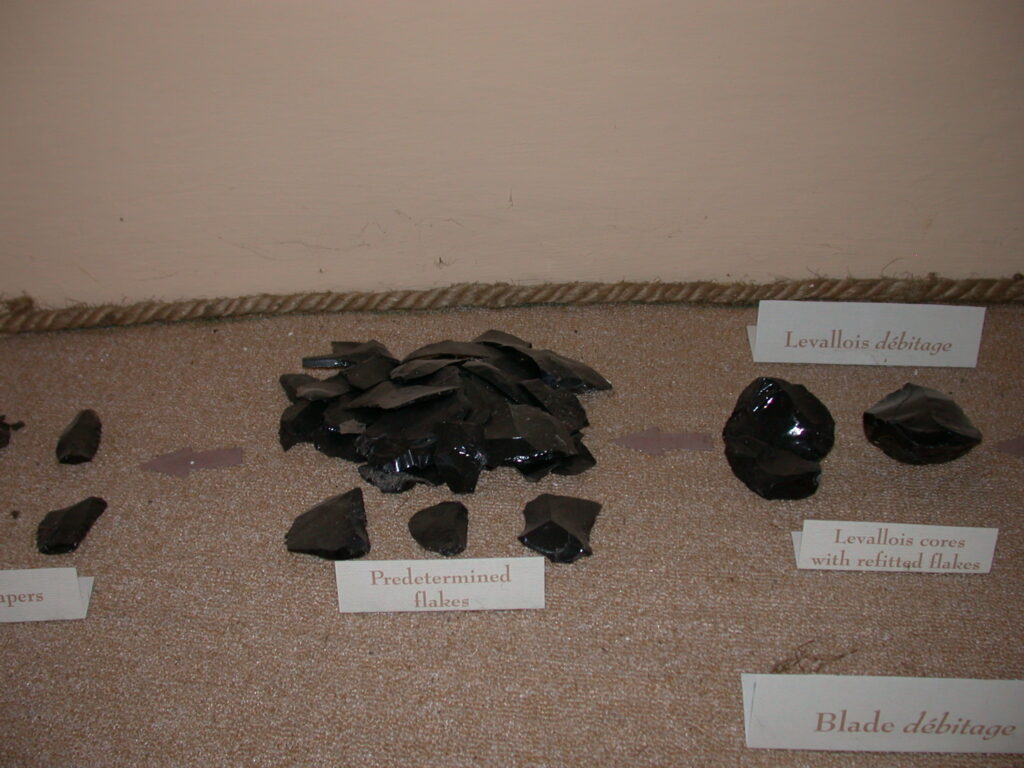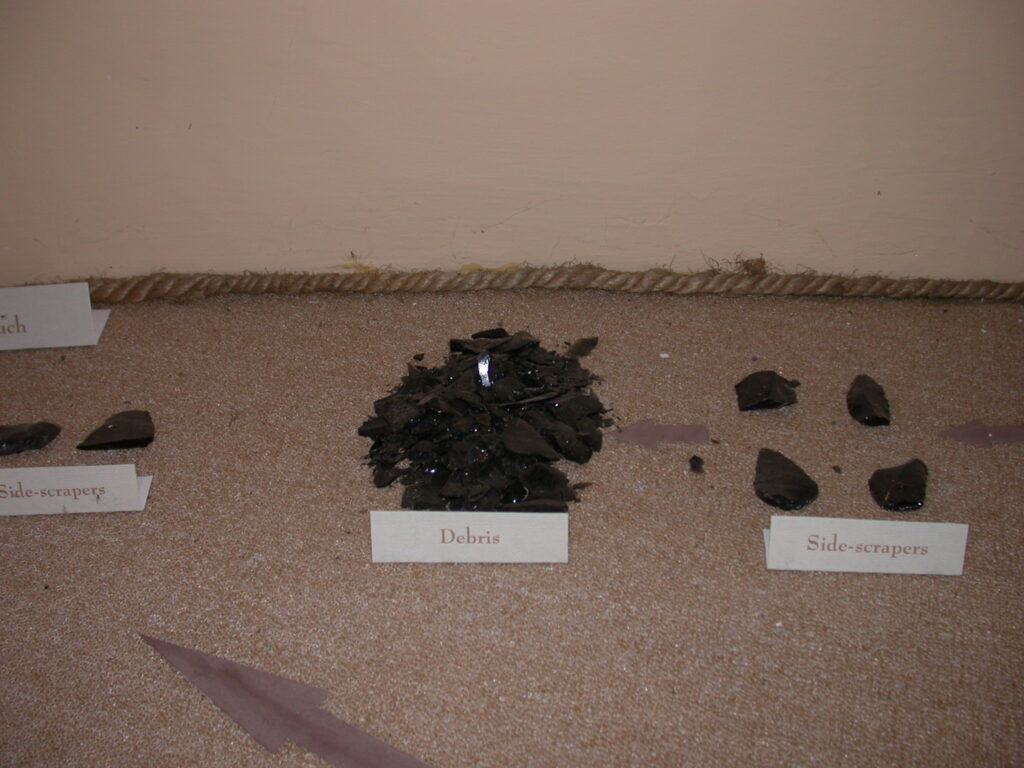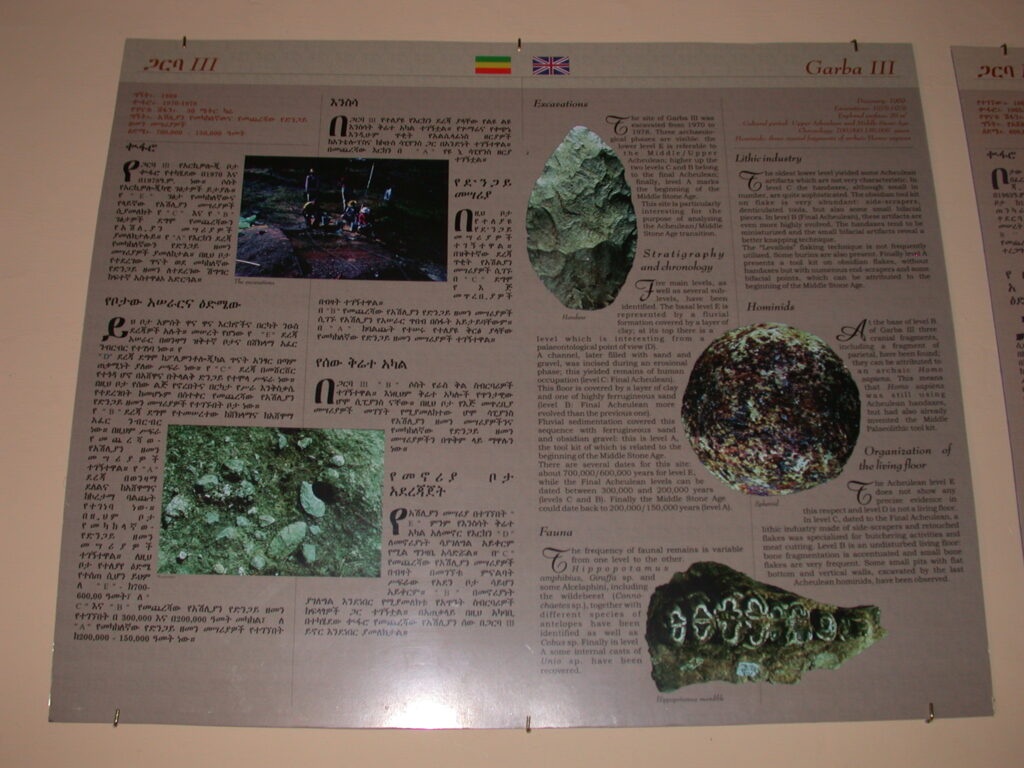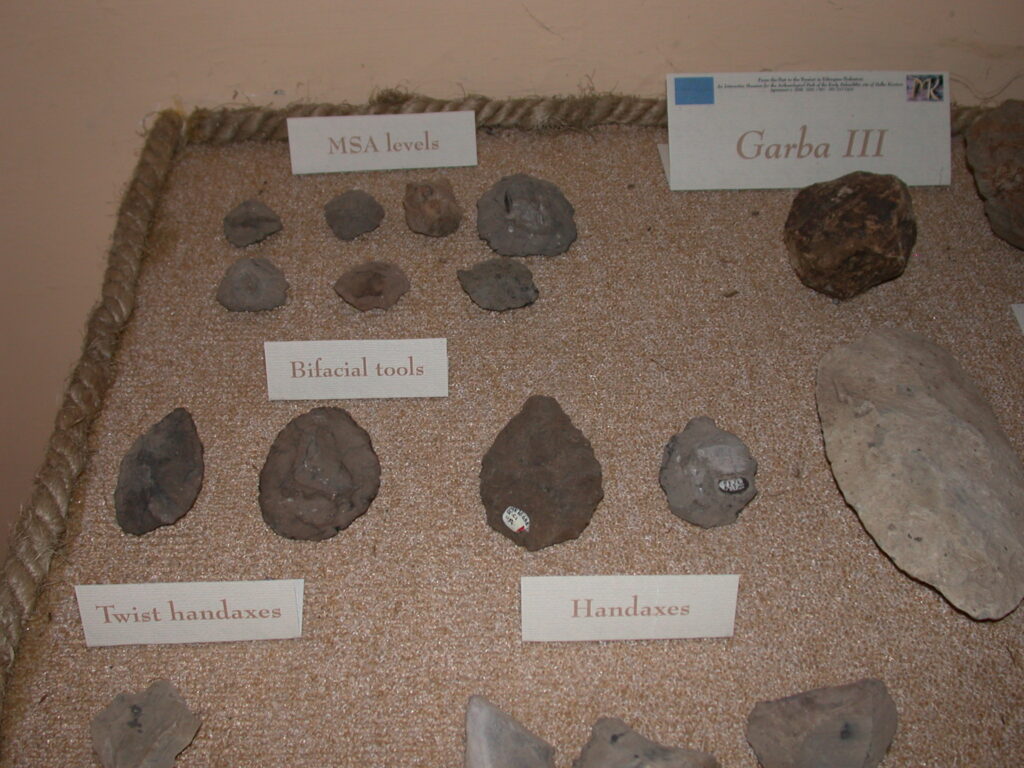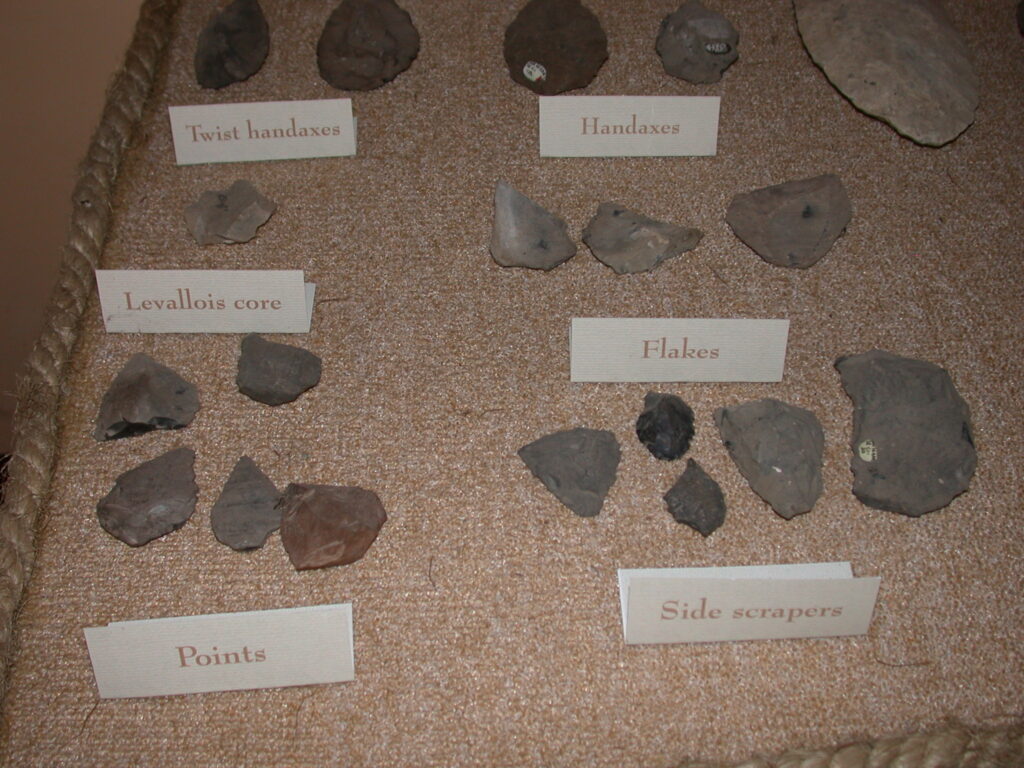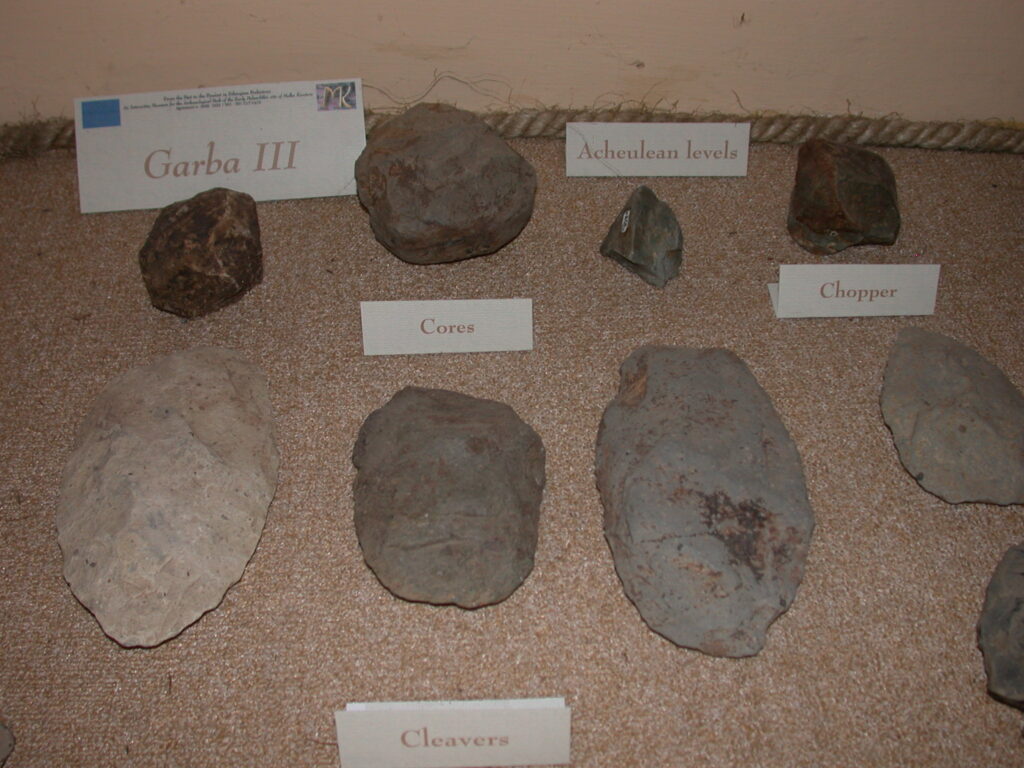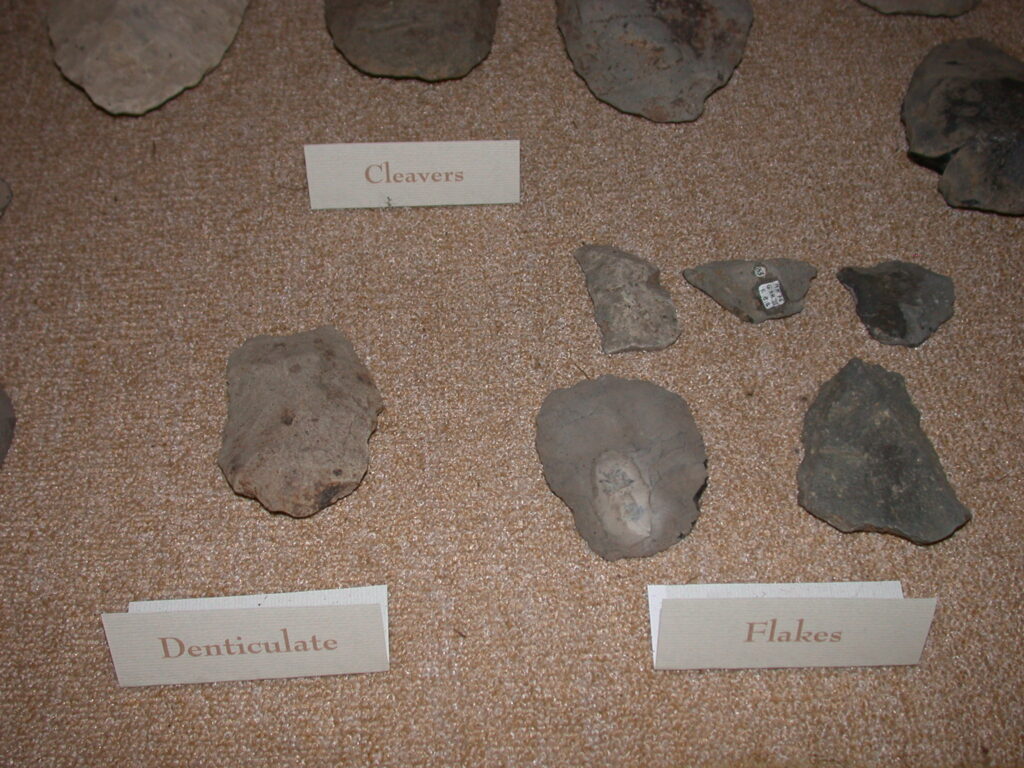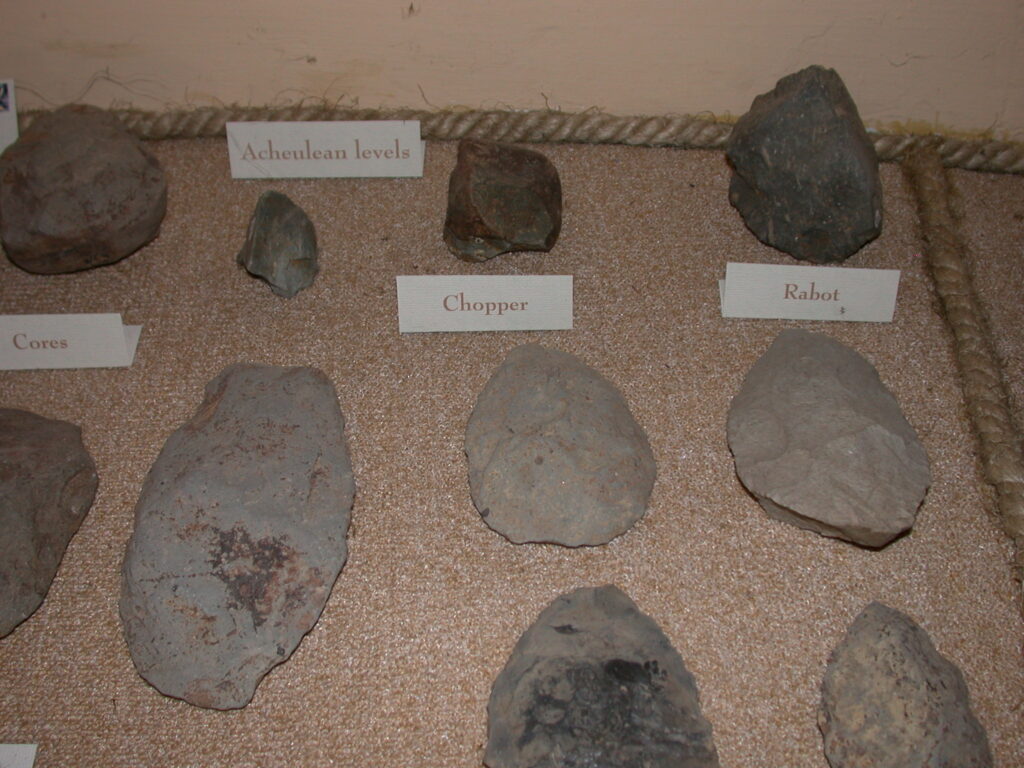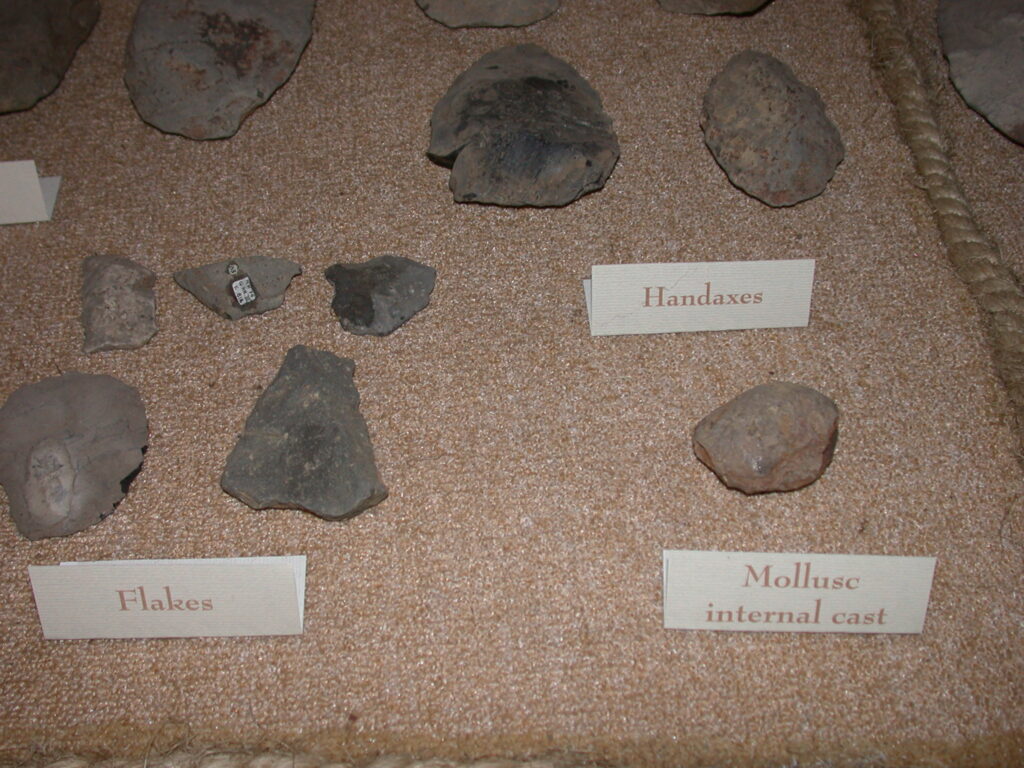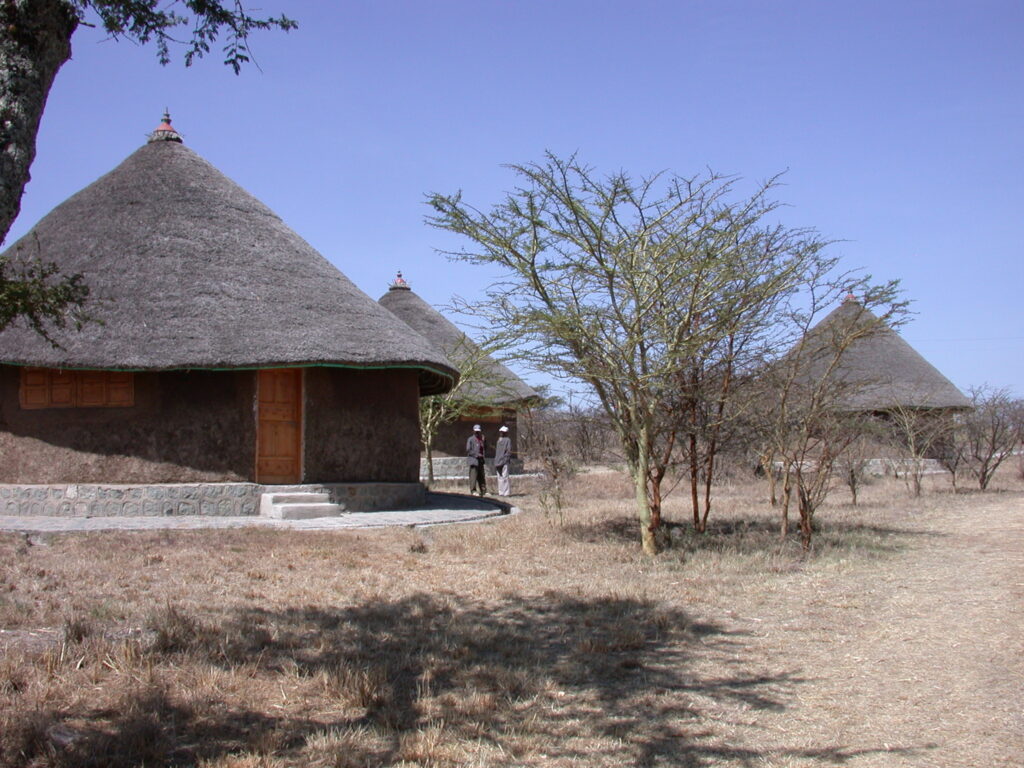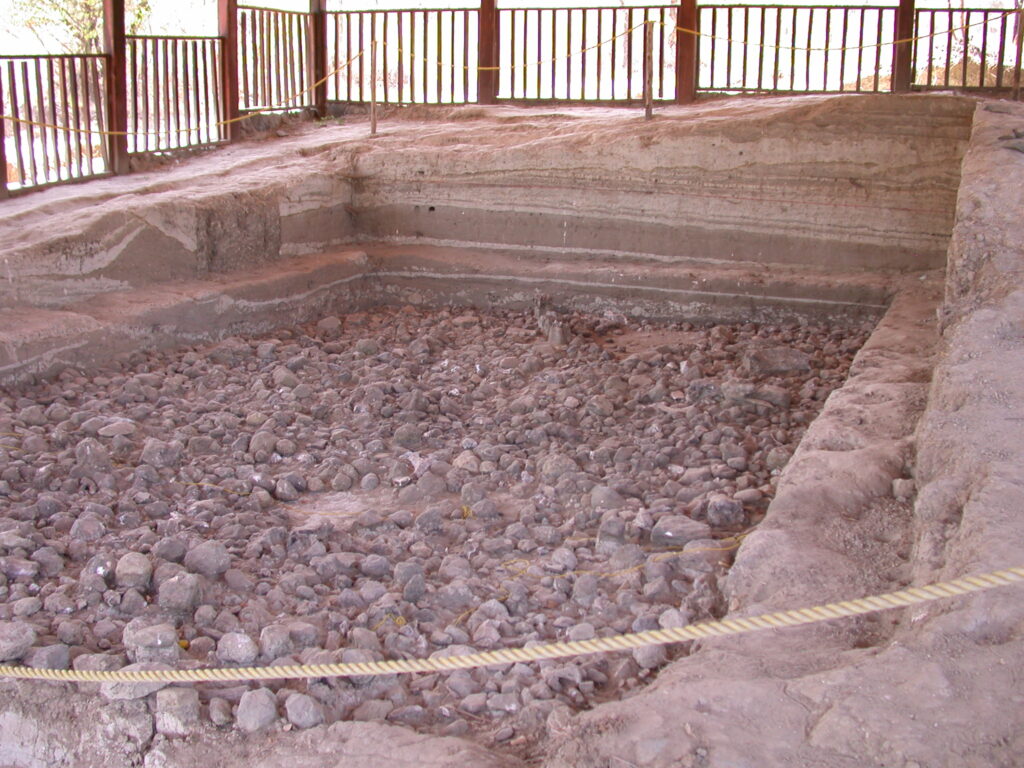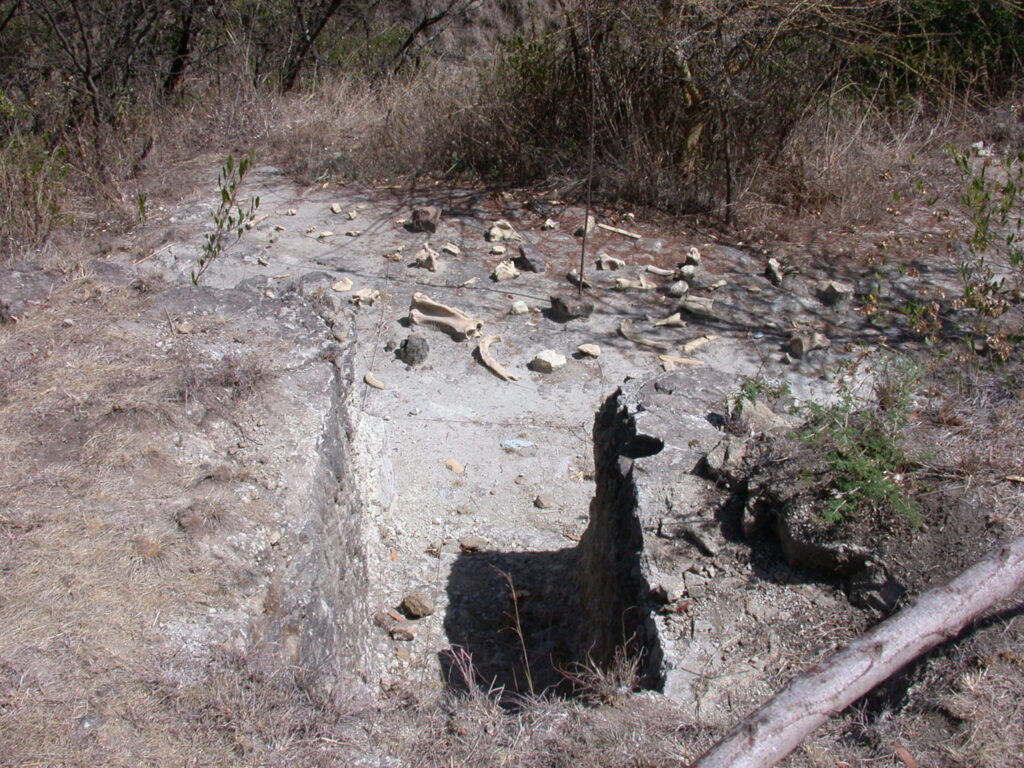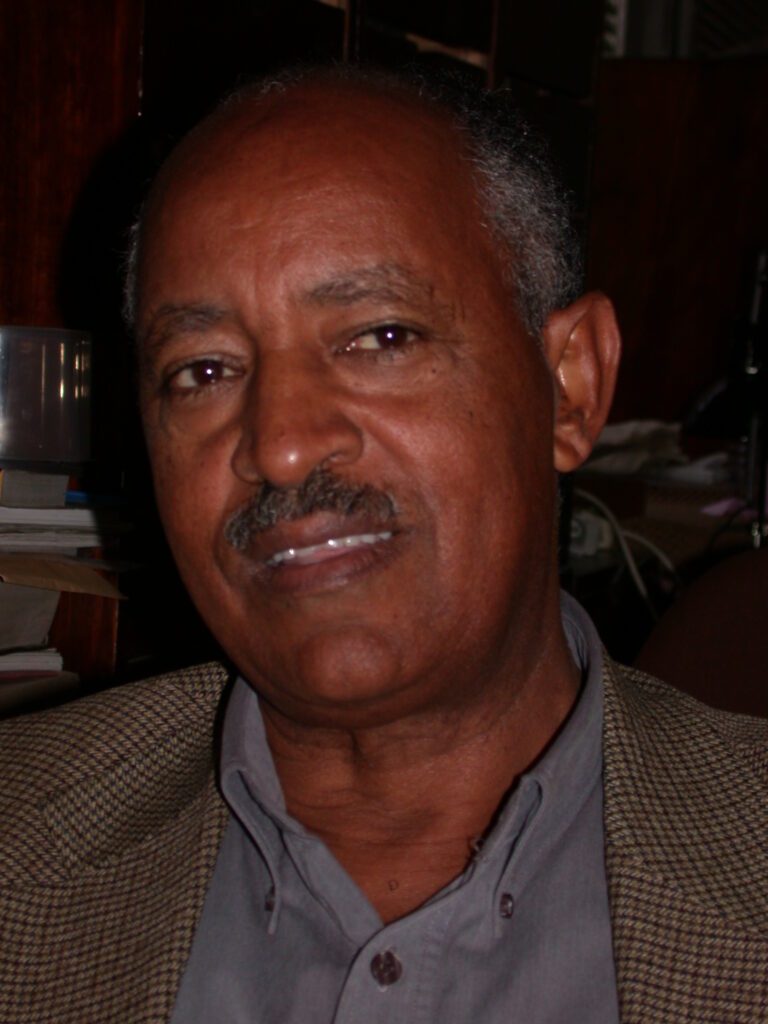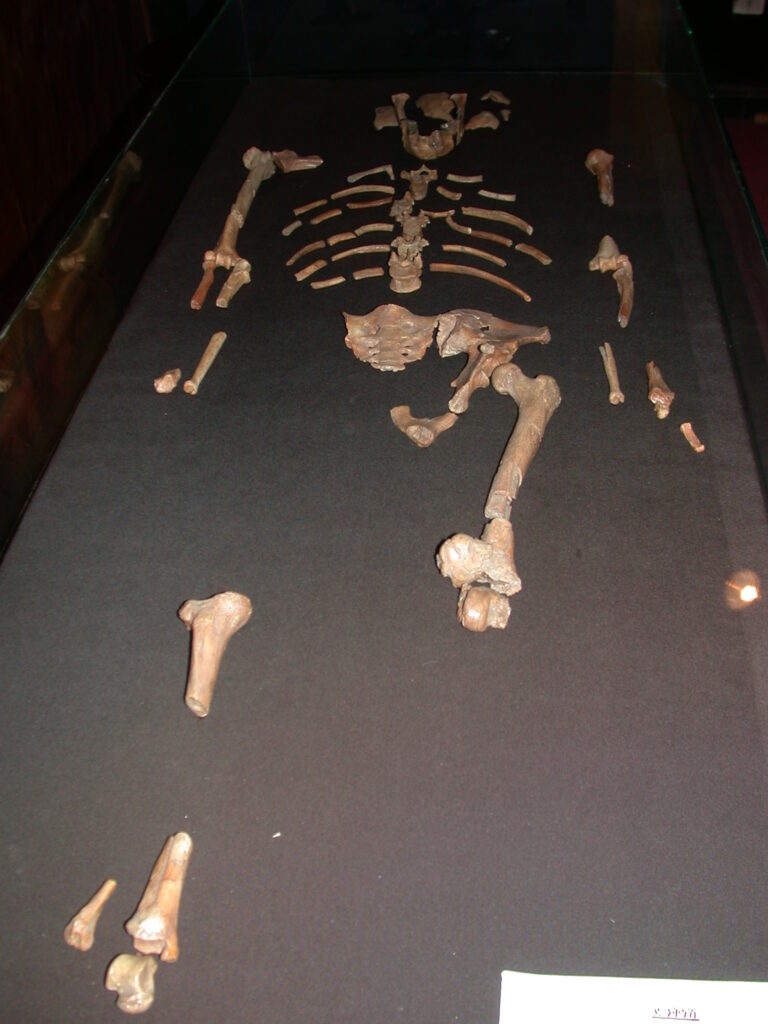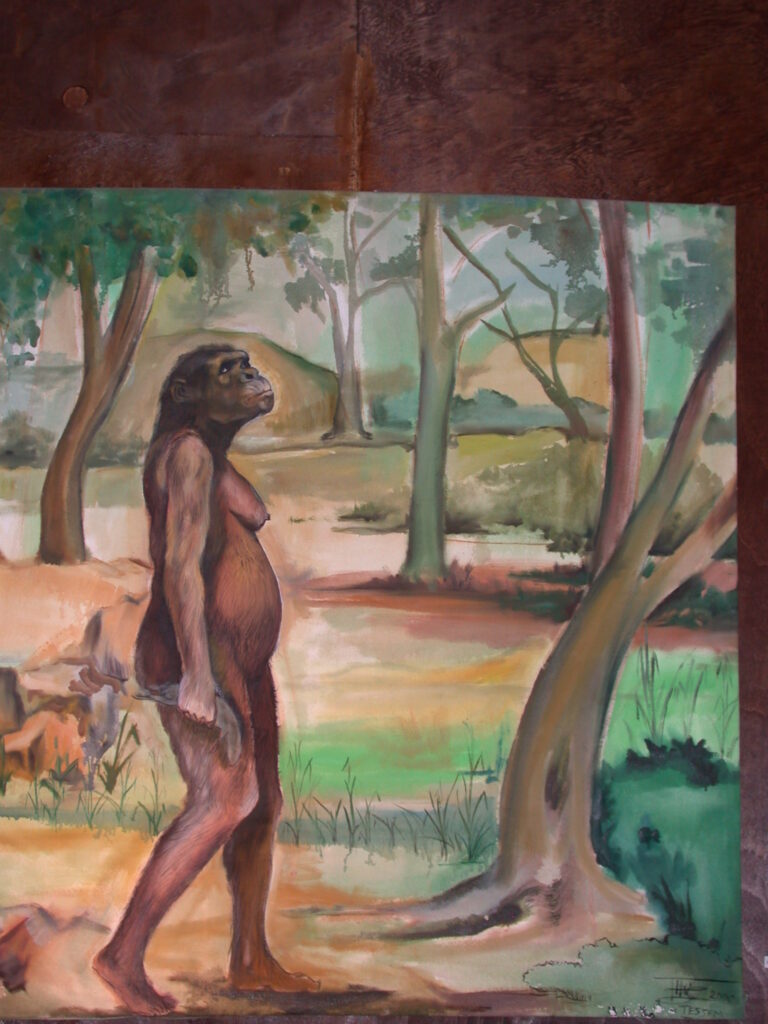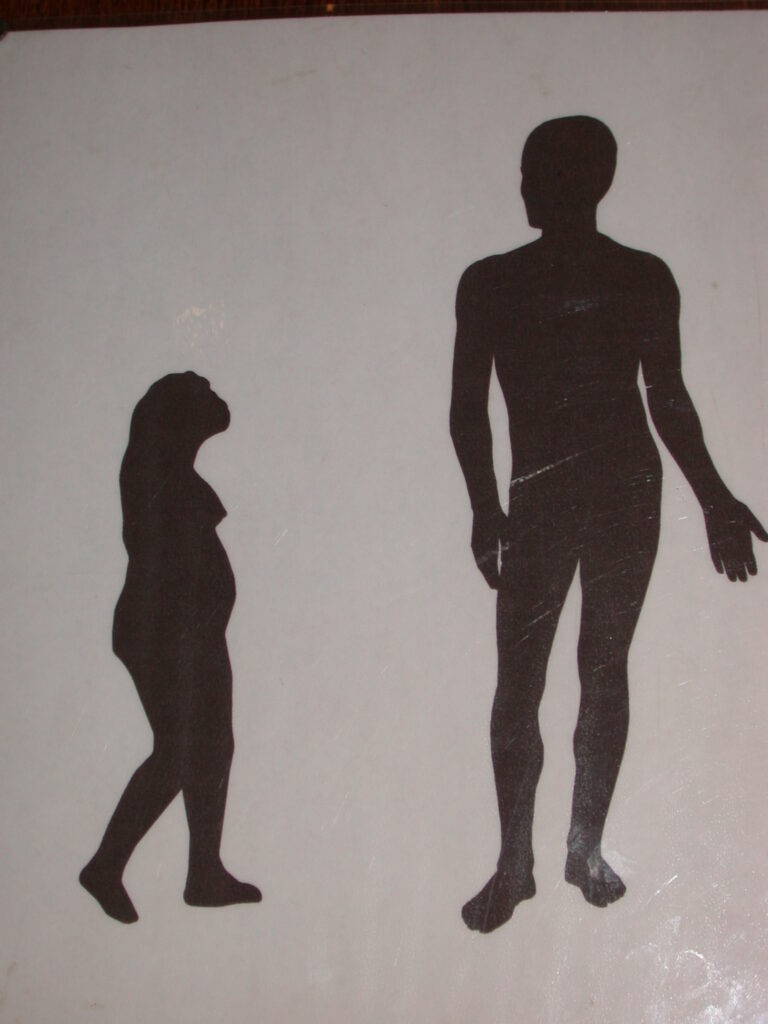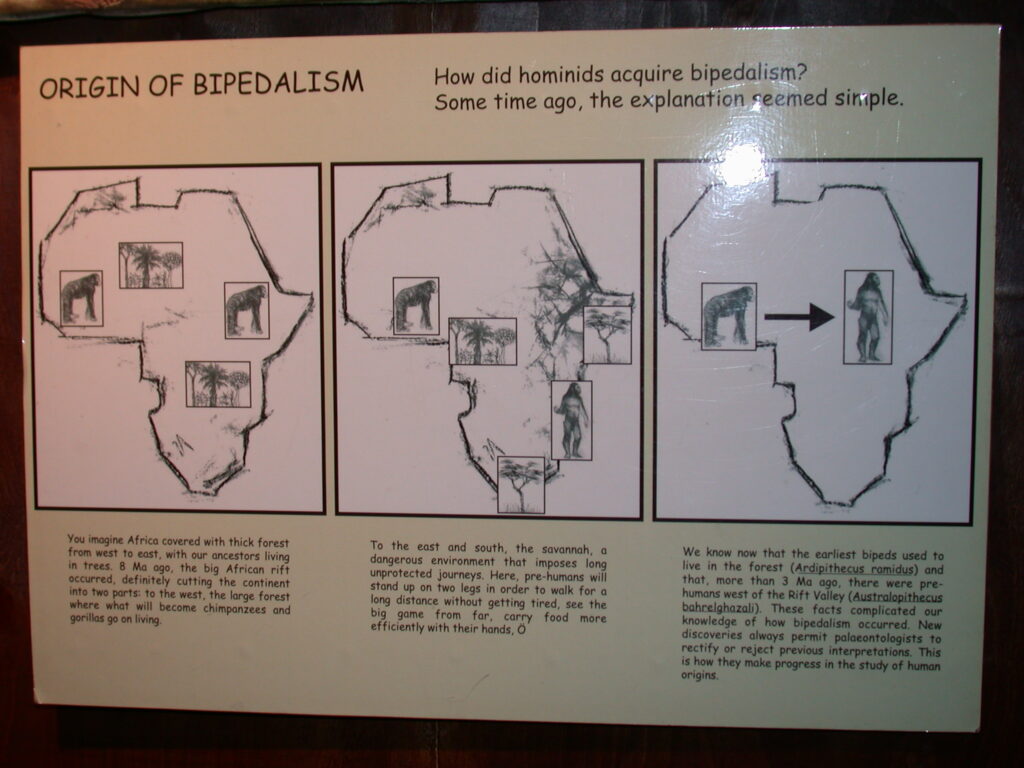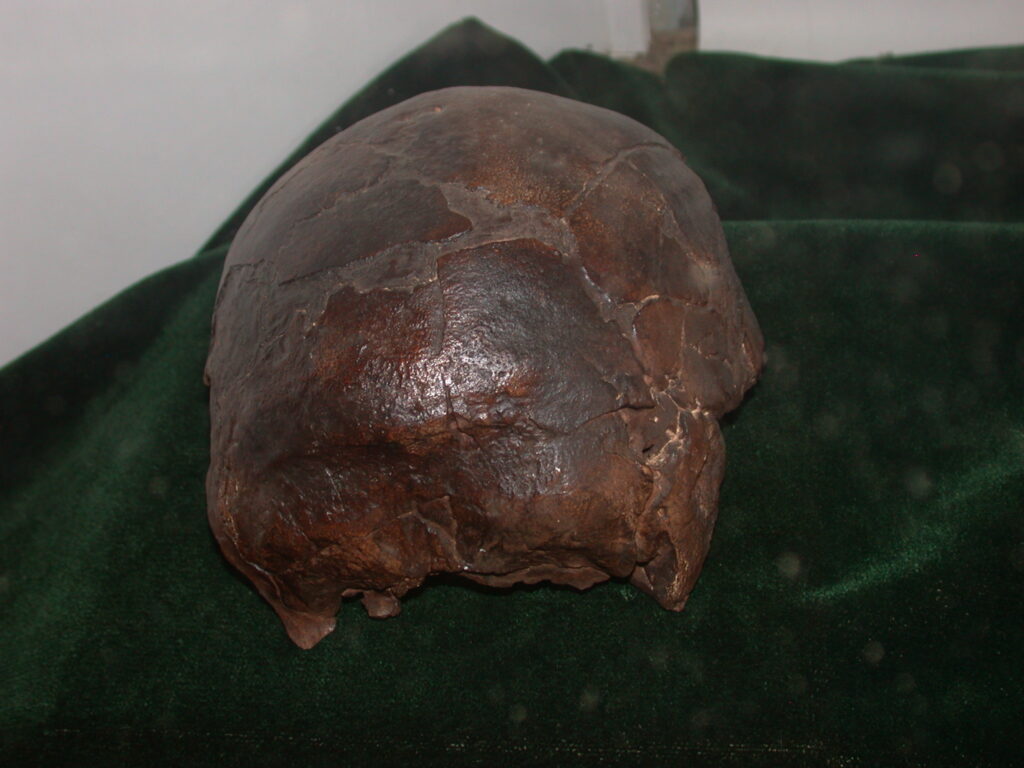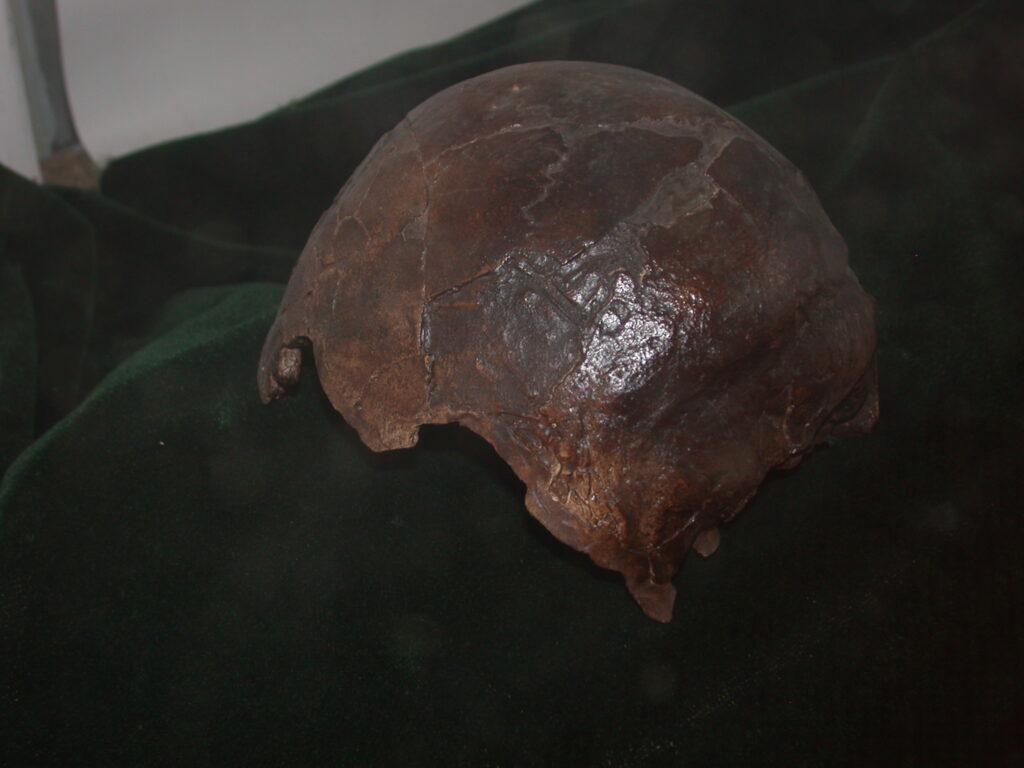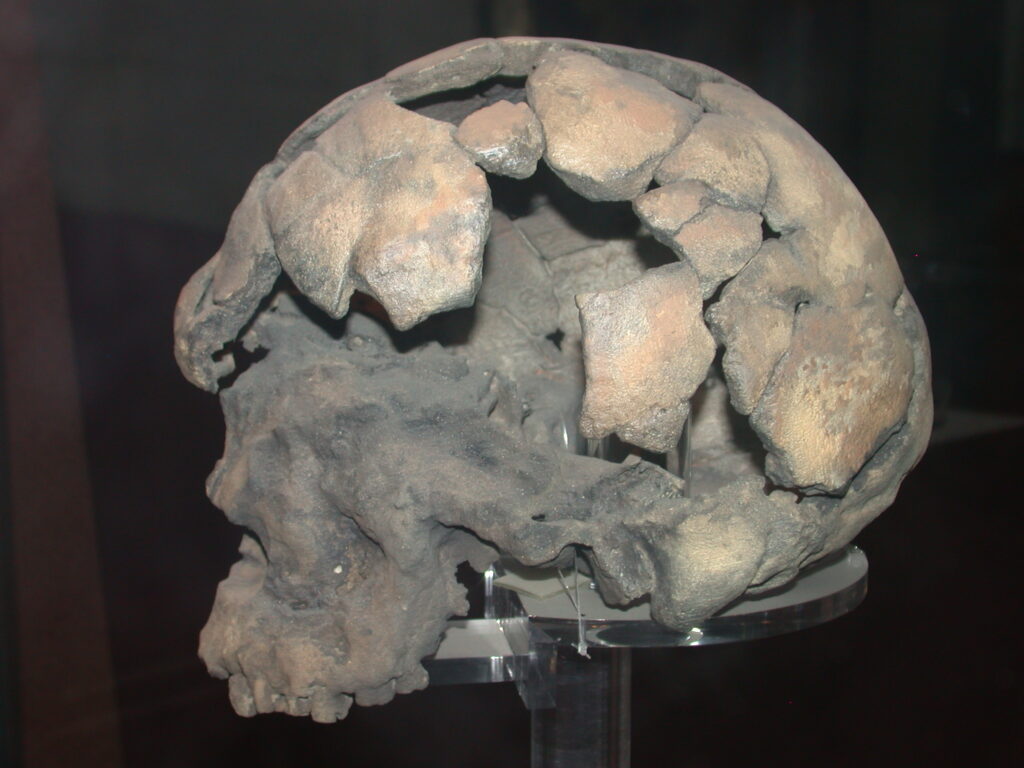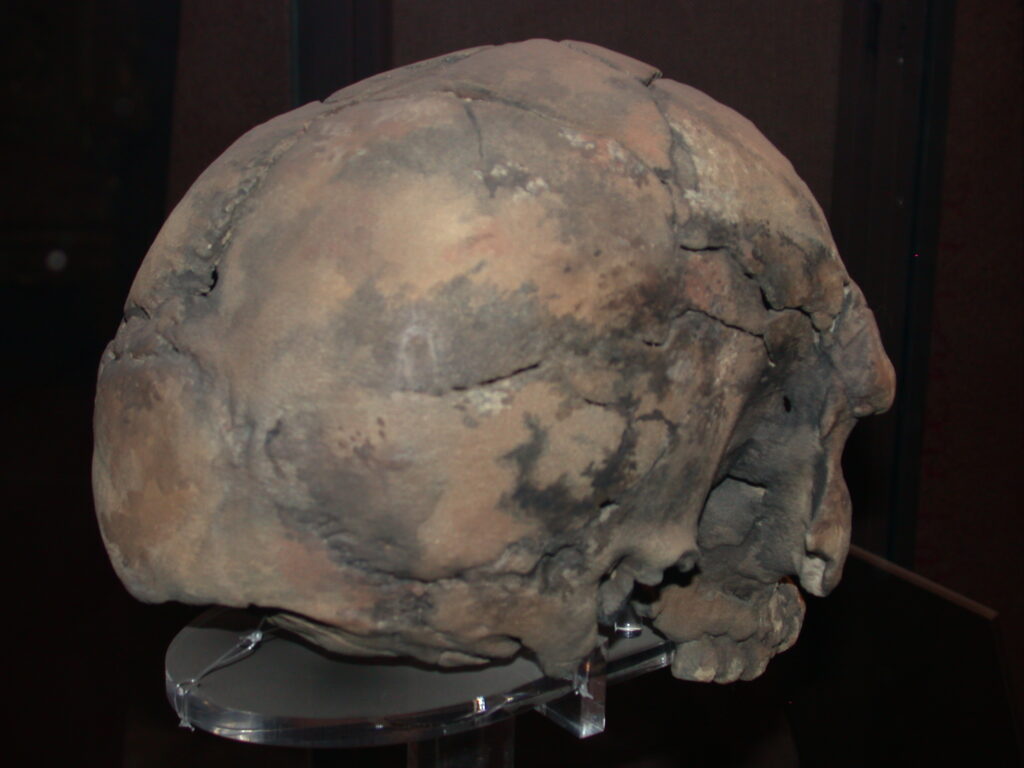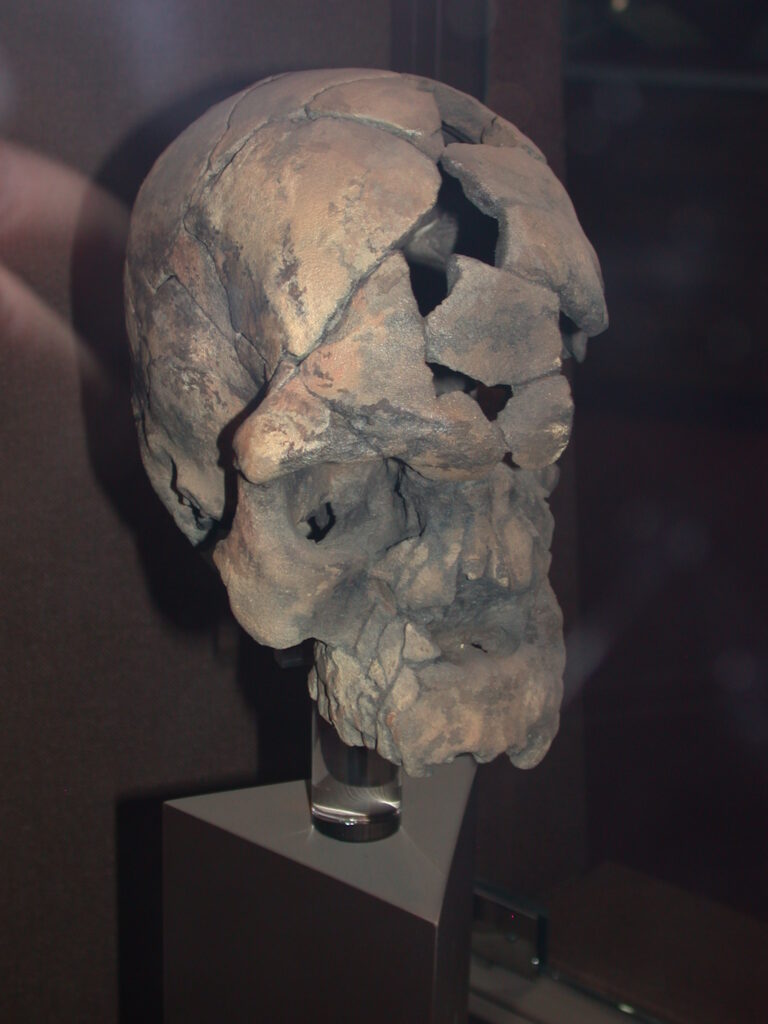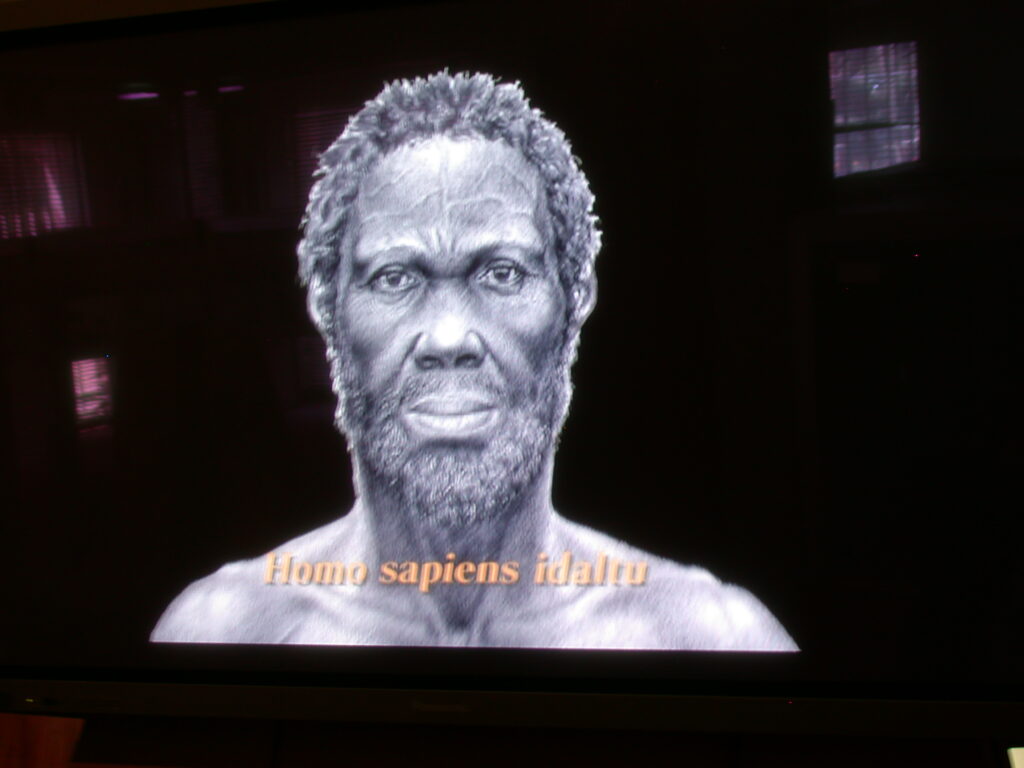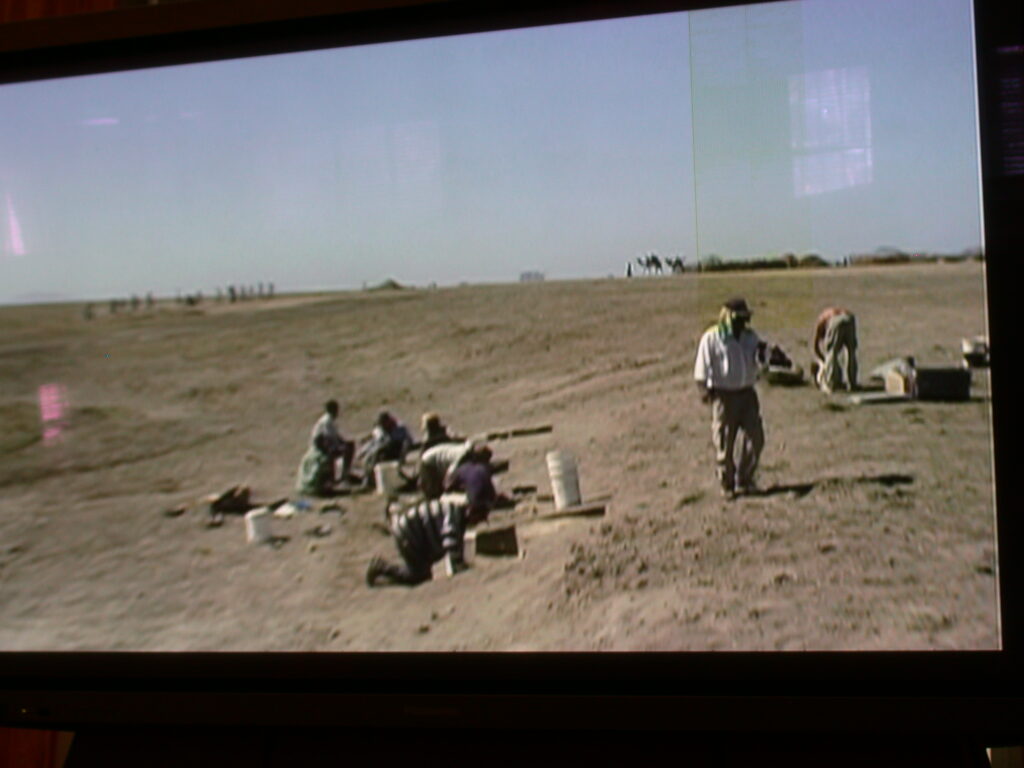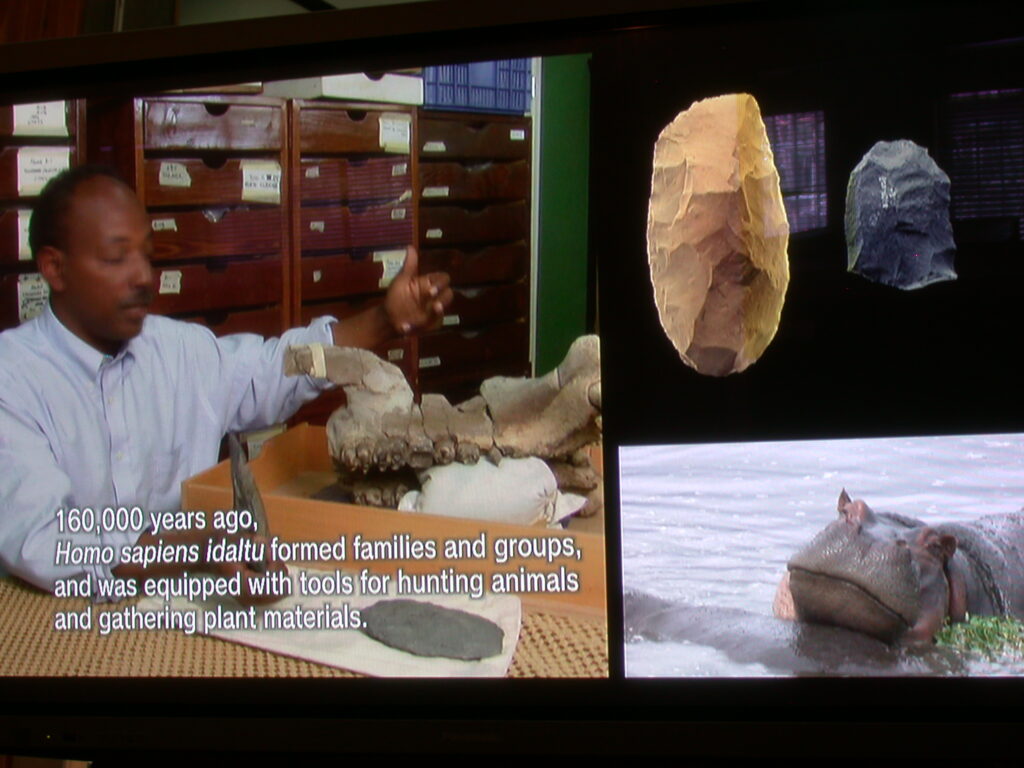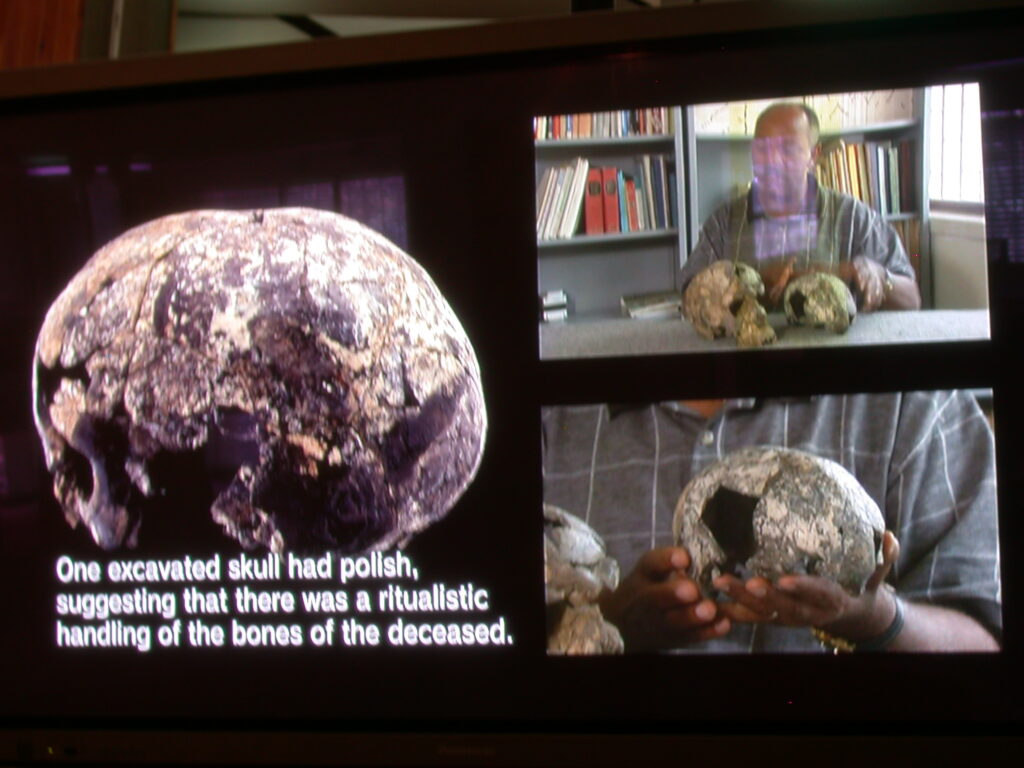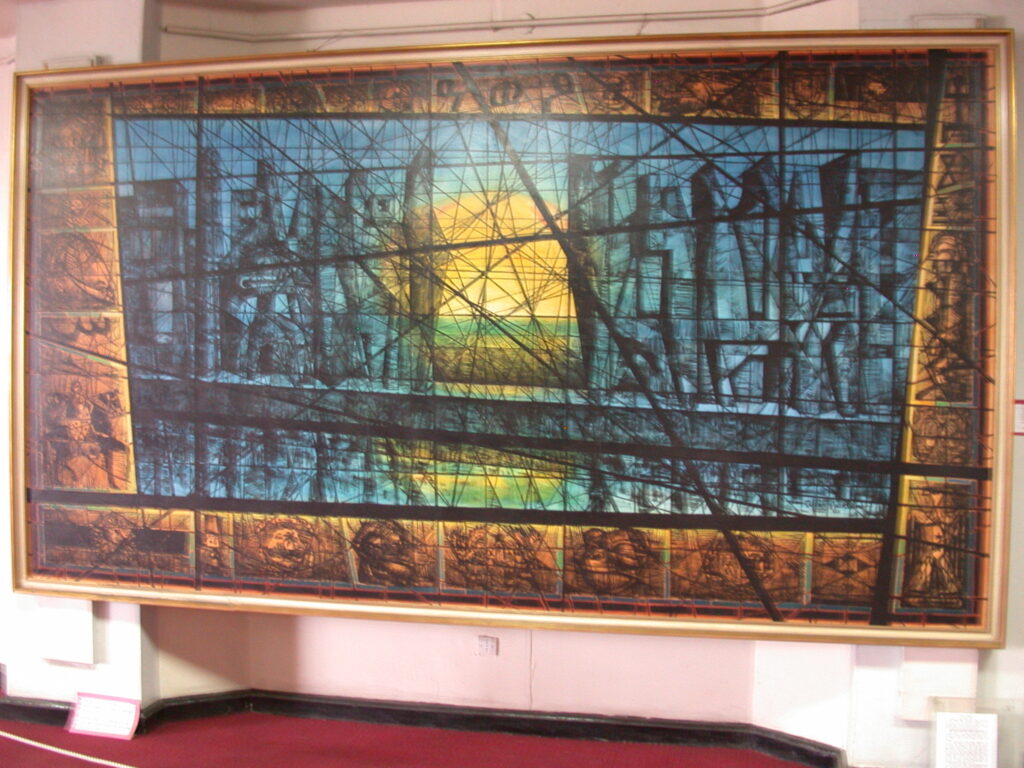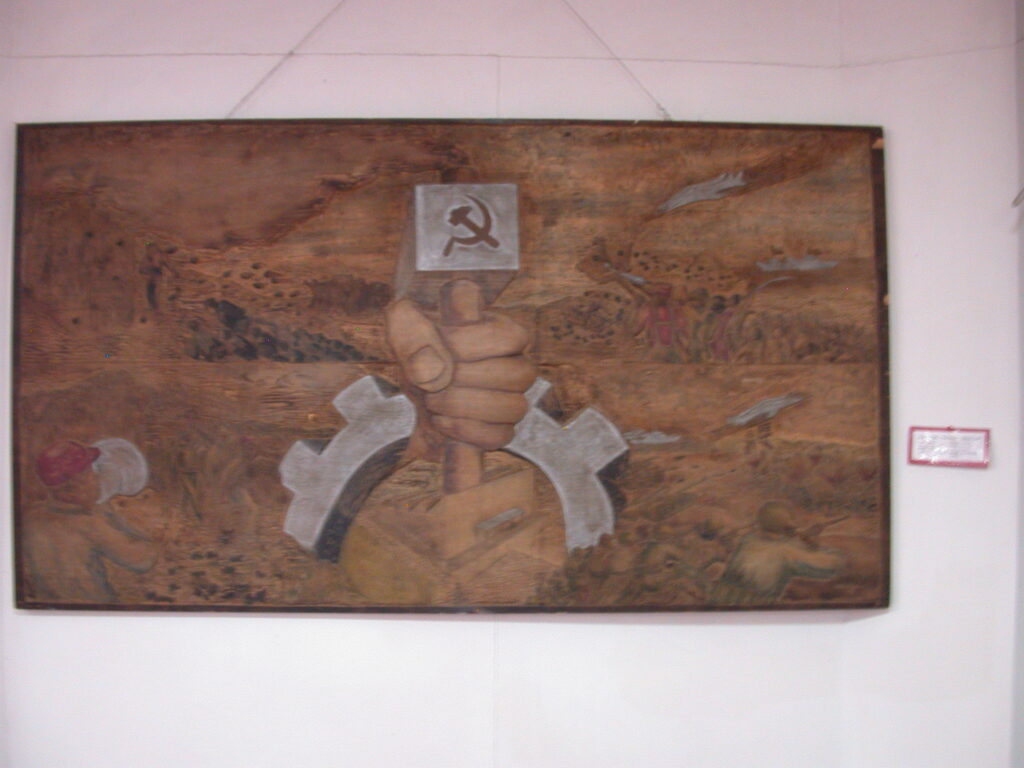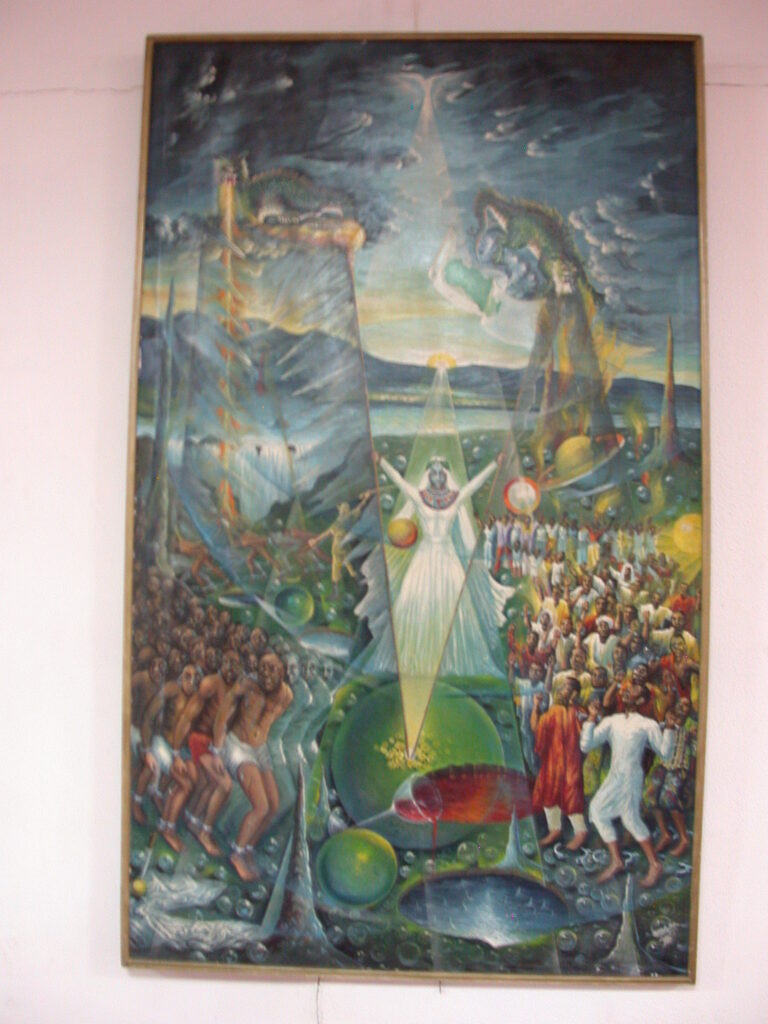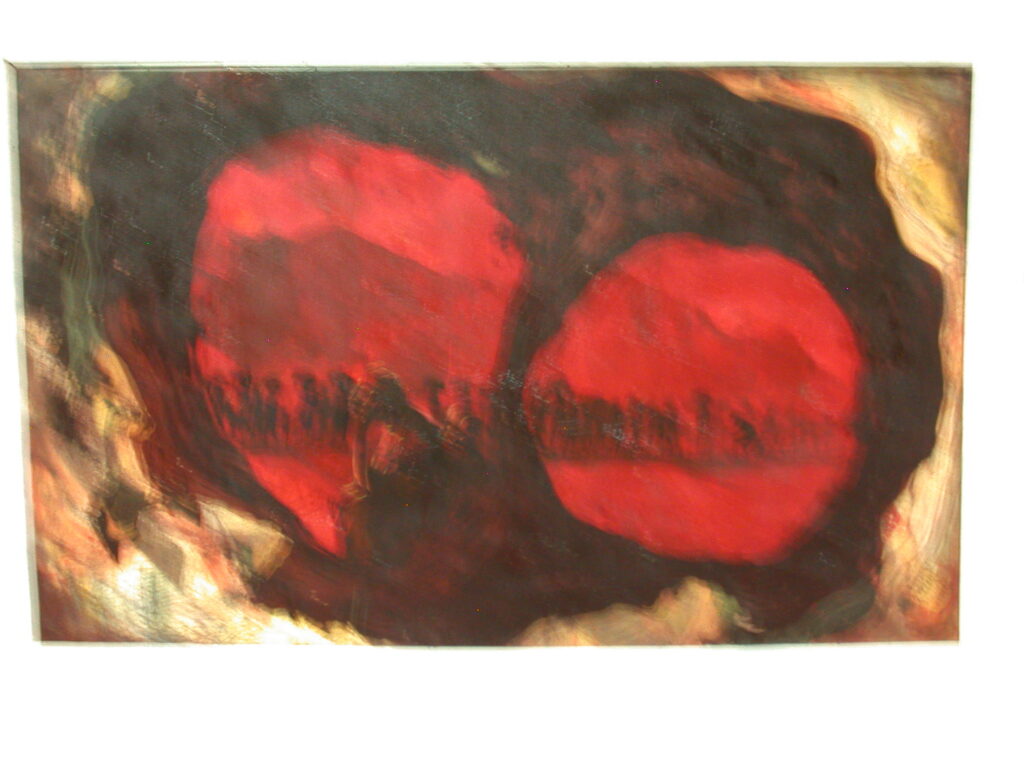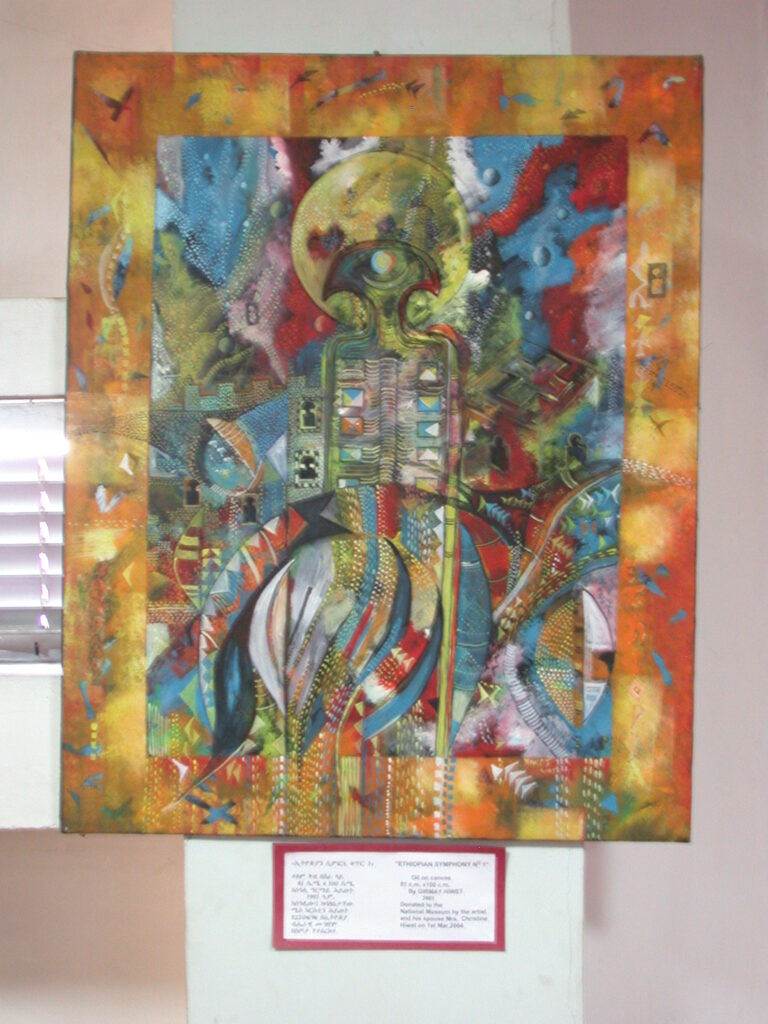I apologize for the “radio silence” since Khartoum, but I haven’t seen an Internet cafe since I left there headed north along the Nile for Egypt. I’m hale and hearty, except for a small cough probably due to all the dust in Sudan. All is well with my adventures. Since Khartoum, I took a bus past Shendi to explore the old Meroë pyramid cemeteries and ancient city by camel! near Barijawaya. On the next bus, I accepted an invitation from a fellow passenger to visit his home village near where Sudan’s President Bashir’s home is located. Escaping there from a near Islamic conversion experience, my friend drove me to a half-dozen hotels in Atbara — all of them full that evening. So, he put me up with his uncle in nearby Ed Damer and we visited more of his family the next day. The bus from Atbara went on a ferry across the Nile and through irrigated fields and the Bayuda Desert. I arrived in Merowe (not the same as Meroë) and explored the Nuri cemetery pyramids, including that of the great Kushite Pharaoh Taharqa and his great-grandson Aspelta. The next day, I crossed the Nile again by ferry to Karima where I stayed at a beautiful and expensive Nubian Guest House. Walking from the hotel that evening, I visited the Temple of Amun and the Temple of Mut at Jebel Barkal, the sacred mountain, which I climbed to see the scenery and the sunset. Near Jebel Barkal at El Kurru, the tombs of Tanwetamun and his mother Qalhata were very impressive and, although not much remains of Piankhy’s tomb, I enjoyed being there among the 25th dynasty characters for my novel. Next came a crazy ride on the back of a bokasi truck during haboob-like dusty desert winds of at least 60 mph. Near Dongola on the banks of the Nile, I saw the ancient city of Kawa. A donkey cart ride brought me to the large mud Deffufa structure and its surrounding ancient village at Kerma. With a stop at the village of Wawa for a walk over to the Nile and a passenger ferry to the temple at Soleb, I spent the night for free in a traditional Nubian home, then by bokasi the next morning to Abri and right onto a bus to Wadi Halfa in time to buy a ticket for the ferry to Aswan, Egypt, which leaves only once a week on Wednesdays. After a 16-hour ferry ride past Abu Simbel, I’m in Aswan, Egypt, with what appears to be a hi-bandwidth Internet location. 🙂
In other good news, I finished the first full draft of the first part of my novel, although I have to fill in a couple of items after further research and writing. I hope you are all well. I’d love to read news from you by email. If it takes me some time to reply, don’t worry — I’m catching up with thousands of emails from when I had no Internet access.

